
Cal & Annie May
Cal Animage Alpha
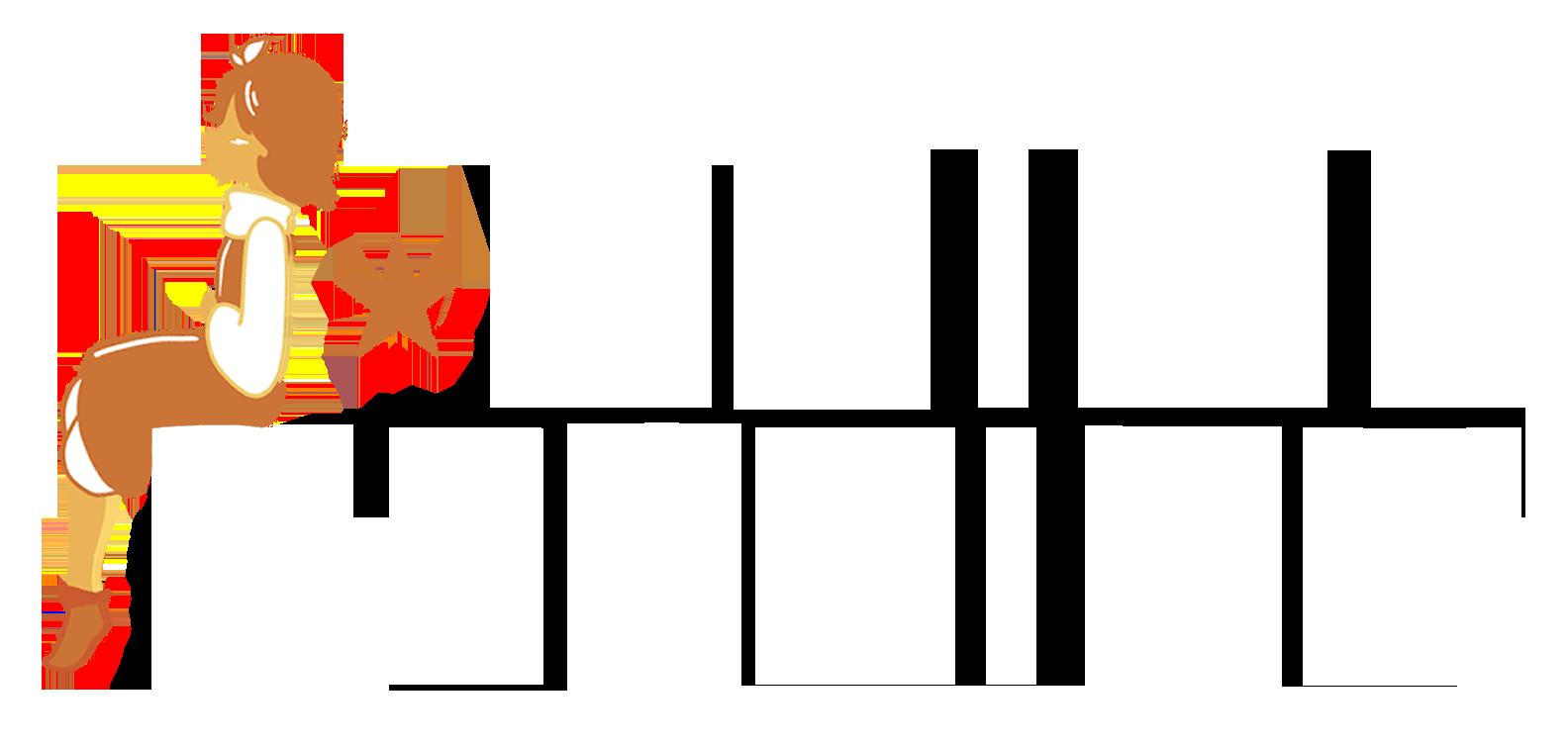
2021
Art By Sharrel Narsico


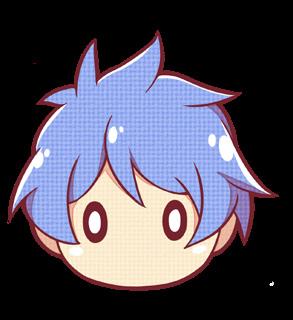
Cal & Annie May By
Sharrel Narisco
Event
Guests & Panelists
Artist Alley
Konshuu vol.54 #5 - Idols
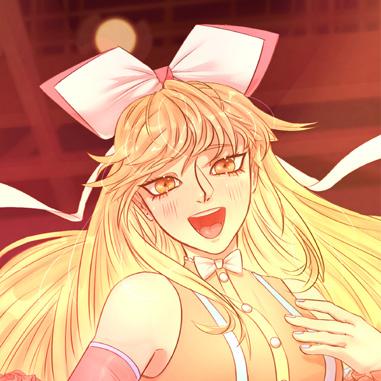
Aya Maruyama & Chisato Shirasagi BanG Dream! x Zombie Land Saga | By Kai Wu
Recommended Series
Featured and Upcoming Videos
Saegusa Ibara
Ensemble Stars | By Sophia Xue
GoGo Embodies The Main Issue of PreCure Yes! PreCure 5 GoGo! | By Tony T.
μ's, Aqours, Nijigaku, & Liella! Love Live! | By Miranda Zhang
An Epic Blend of Tunes and Fists Senki Zesshou Symphogear | By Felix Levy
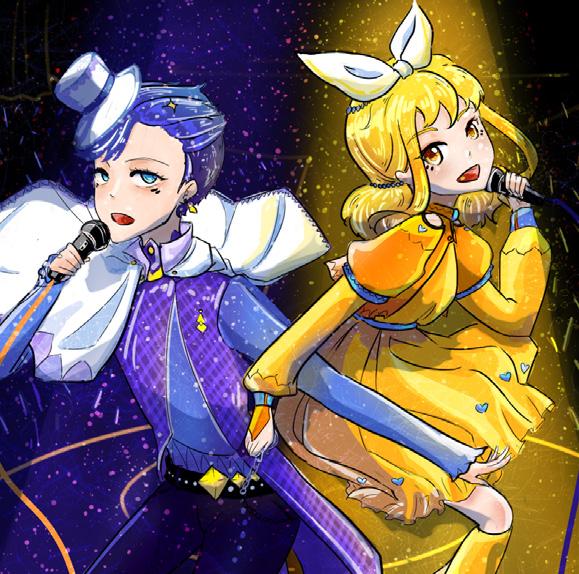
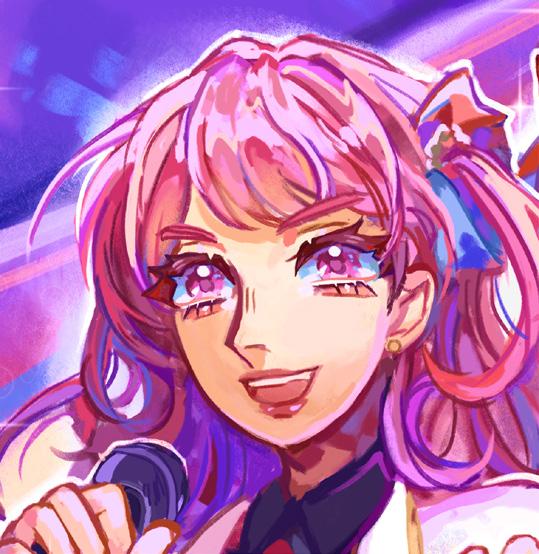
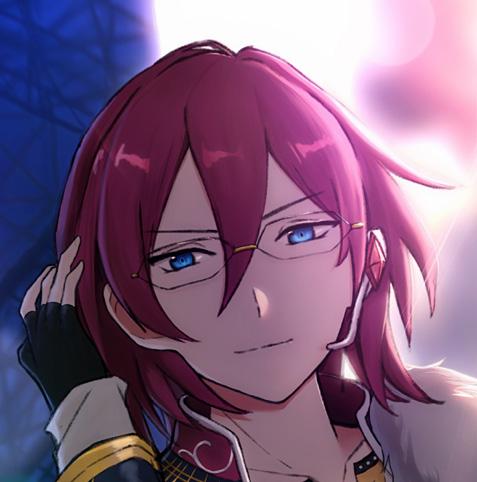
Aikatsu! & Pretty Series - Idol Anime Juggernauts
Aikatsu! & Pretty Series | By Max R.
Mary Identity V | By Skylar Li
Is Ojamajo Doremi The New LotGH?
Ojamajo Doremi | By Tony T.

Imagining A Hypothetical Tokyo Mirage Sessions ♯FE Act II: Three Idol Houses Tokyo Mirage Sessions #FE | By Mitchell Madayag & Nick Wonosaputra
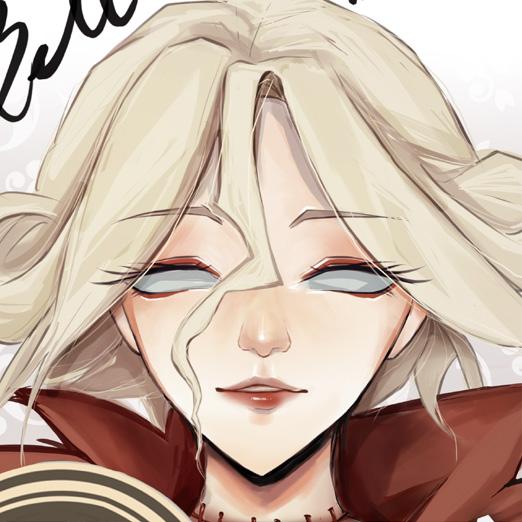
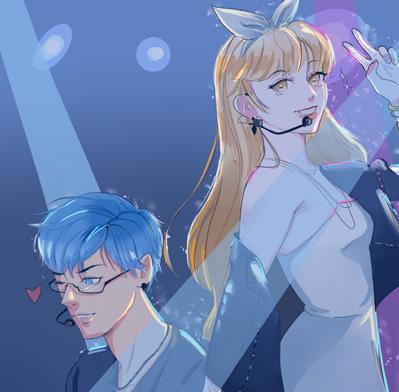
OF CONTENTS Front Cover 3 4 6
TABLE
Schedule
Staff Picks Message from the Editor CAA Staff Cal & Annie May By Heaven Jones 7 8 9 10 11 12 13 14 17 18 20 21 22 23 Back Cover KONSHUU | Volume 54, Issue 5 2
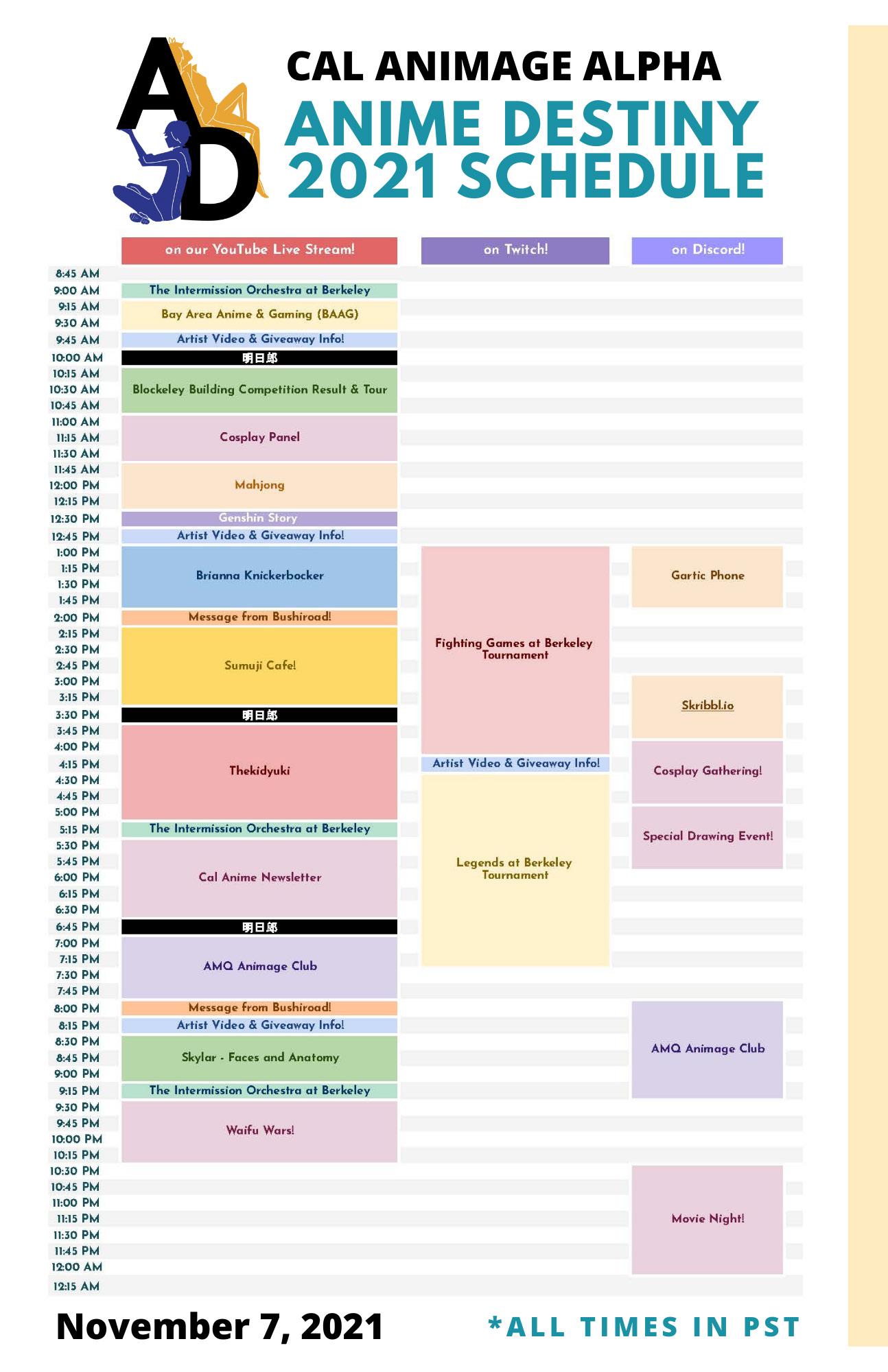



KONSHUU | Volume 54, Issue 5 3


BAAG (BAY AREA ANIME & GAMING)

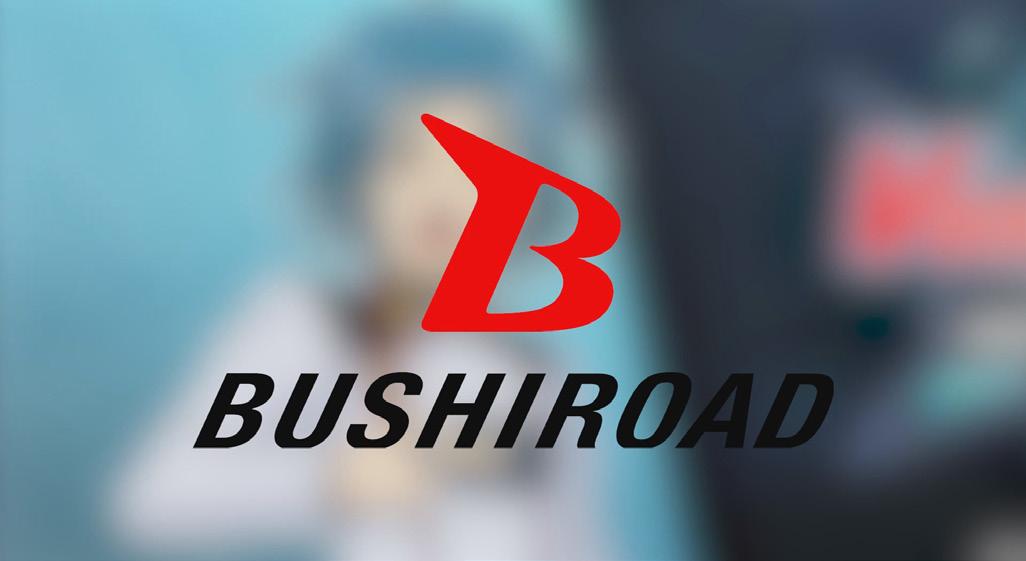

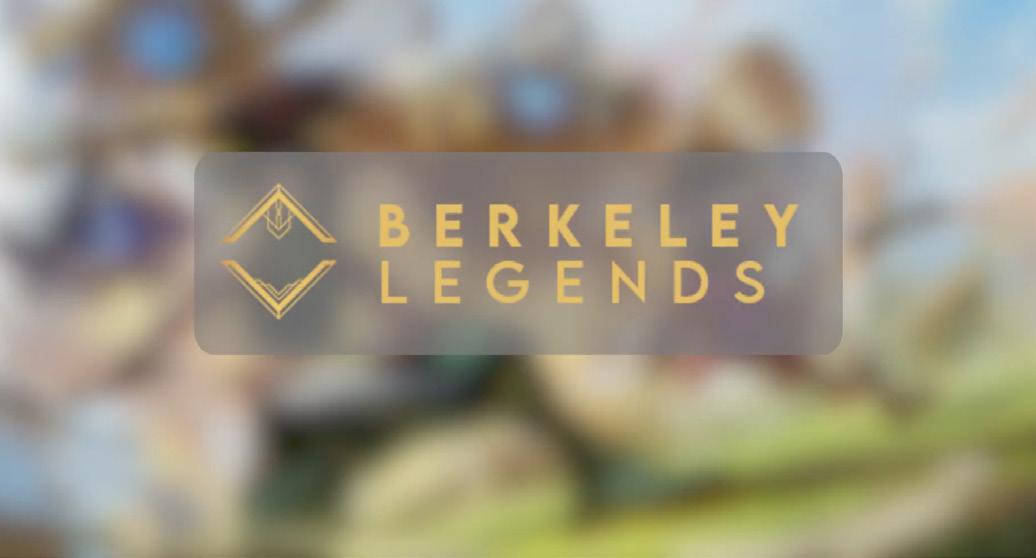


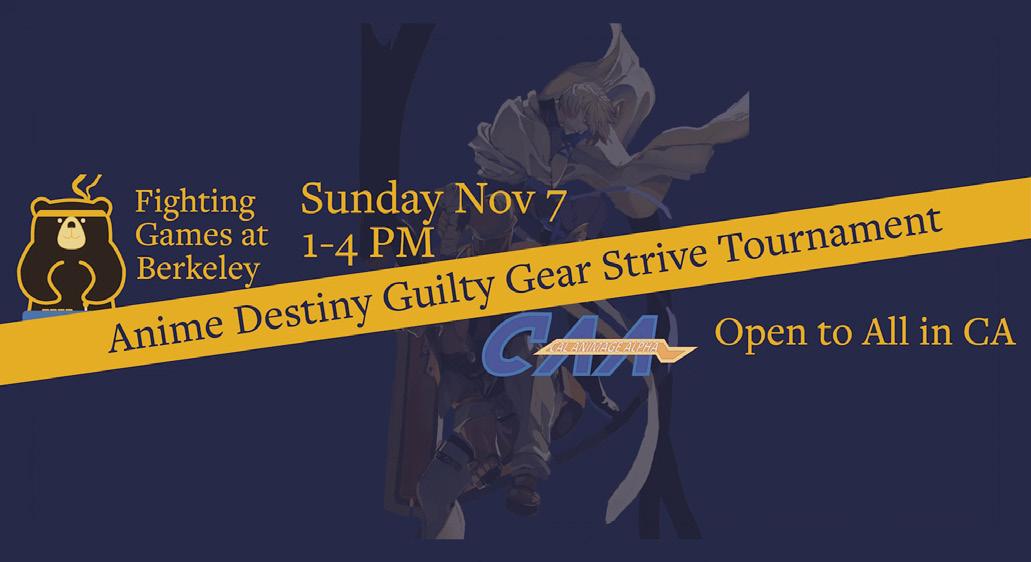
KONSHUU | Volume 54, Issue 5
BLOCKELEY
BUSHIROAD
CAL ANIME NEWSLETTER
BERKELEY LEGENDS
BRIANNA KNICKERBOCKER
CAB (CAL ANIMAGE BETA)
4
FIGHTING GAMES AT BERKELEY
GUESTS AND
AND PANELISTS

THE INTERMISSION ORCHESTRA AT BERKELEY

PACIFIC MAHJONG LEAGUE
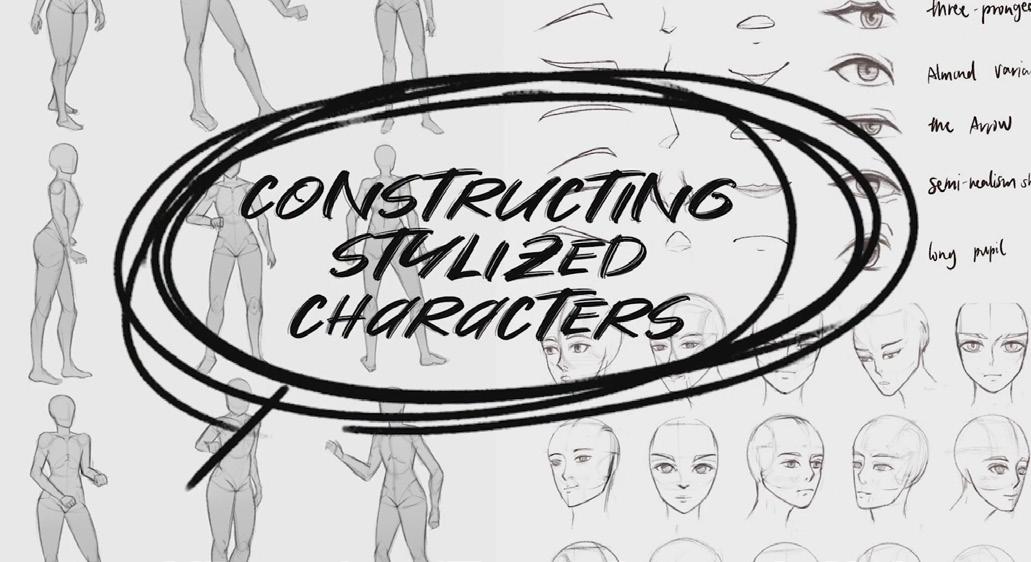
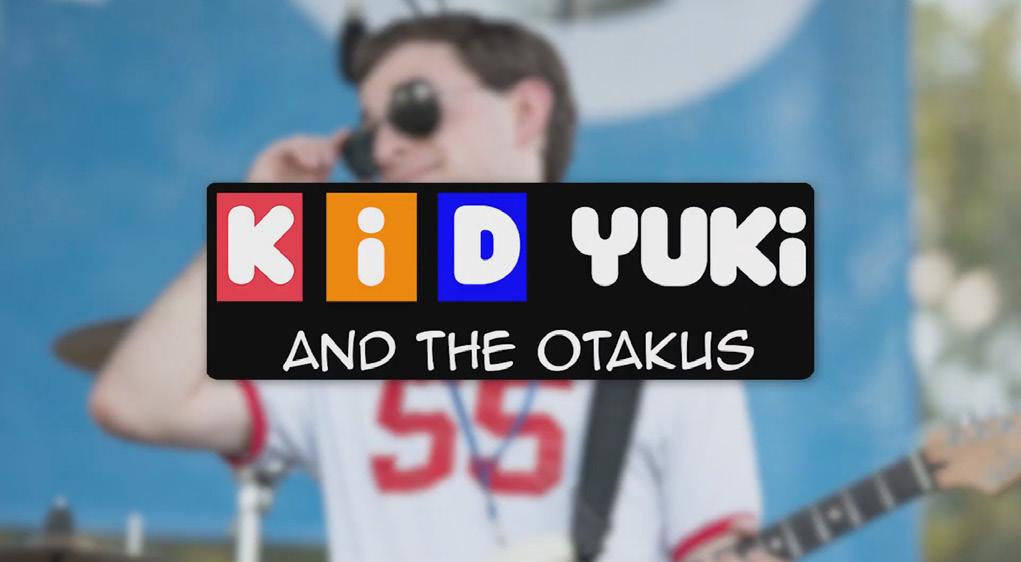
THE KID YUKI

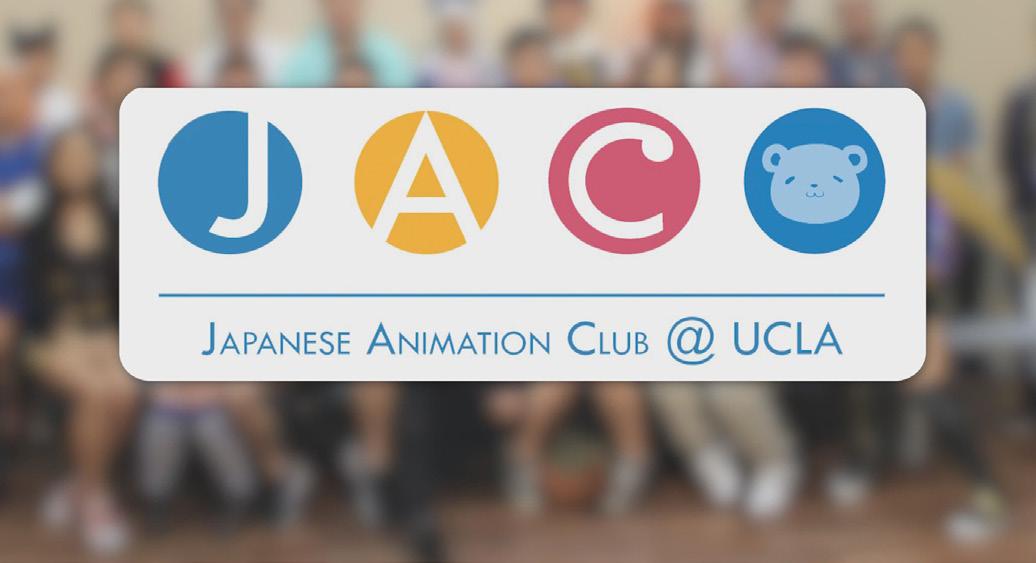
JAC (JAPANESE ANIMATION CLUB @ UCLA)
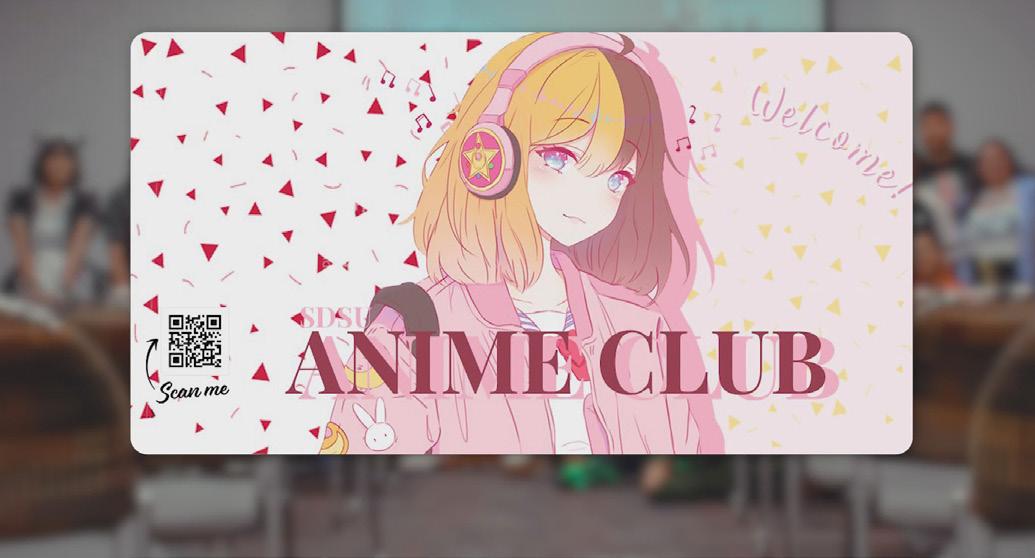
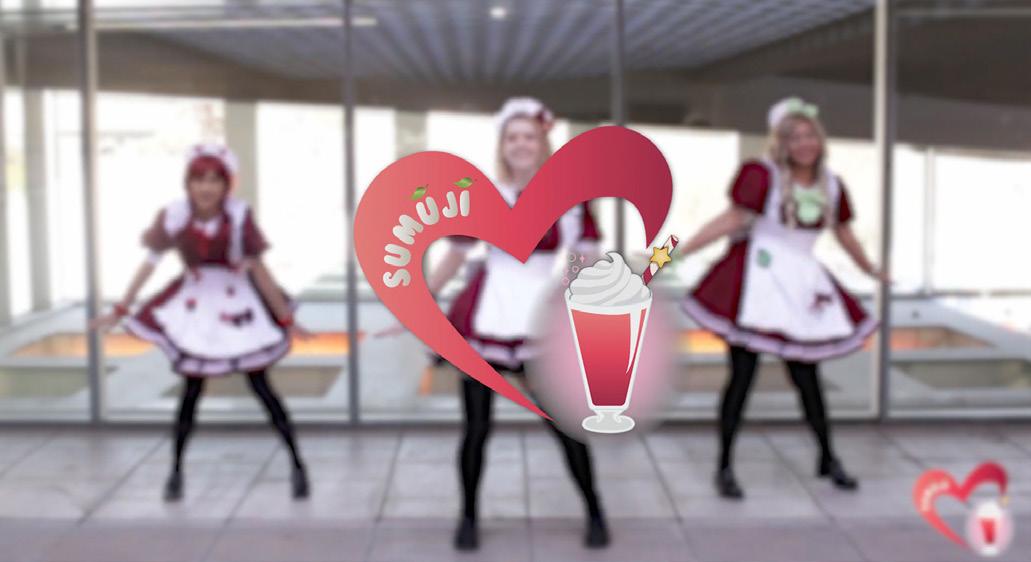
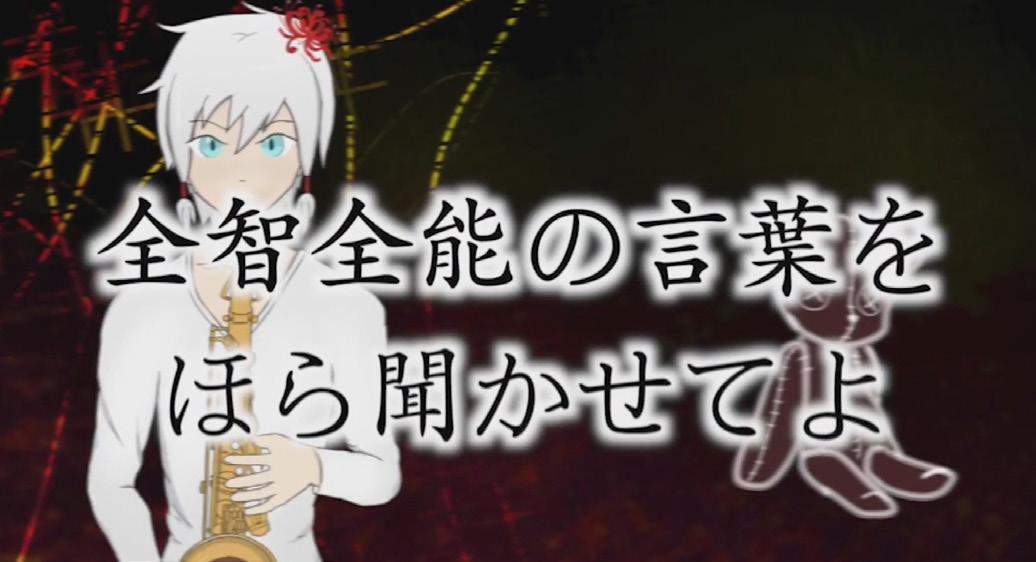
KONSHUU | Volume 54, Issue 5
SKYLAR
SDSU ANIME CLUB
明日郎
SUMUJI CAFE
5
ARTIST ALLEY
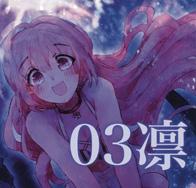
03rin

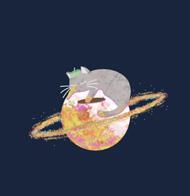
GinCat Studio

Alice Brenengen

Alumints
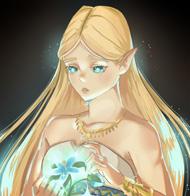
andro_arts_

Angela Bi

BunMuffin
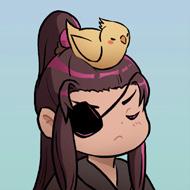
chapter56

Colorspinner

Crafts fxtsoba

quandrries
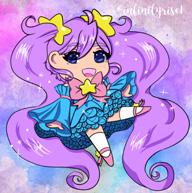

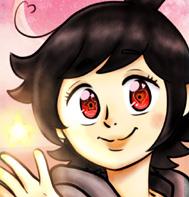



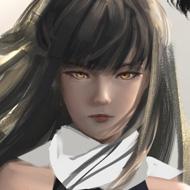

InfinityRise1 raineeski
Izelillustrations
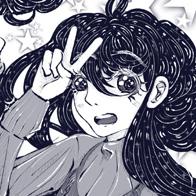
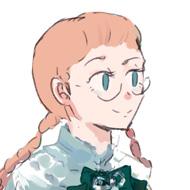
Rangle
JayEdwards101

Sidney Anita
KnightKun
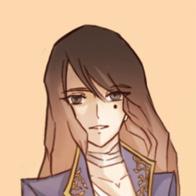
Skylar
Naitsukiidraws

Stupid
Dinosaur Art
NyamenRamen
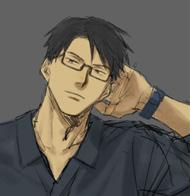
tezu
Nyx Aurelia
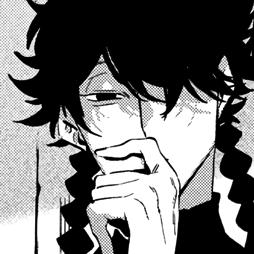
thedayseater
Picapap
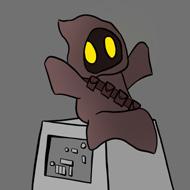
Utinni
KONSHUU | Volume 54, Issue 5
6
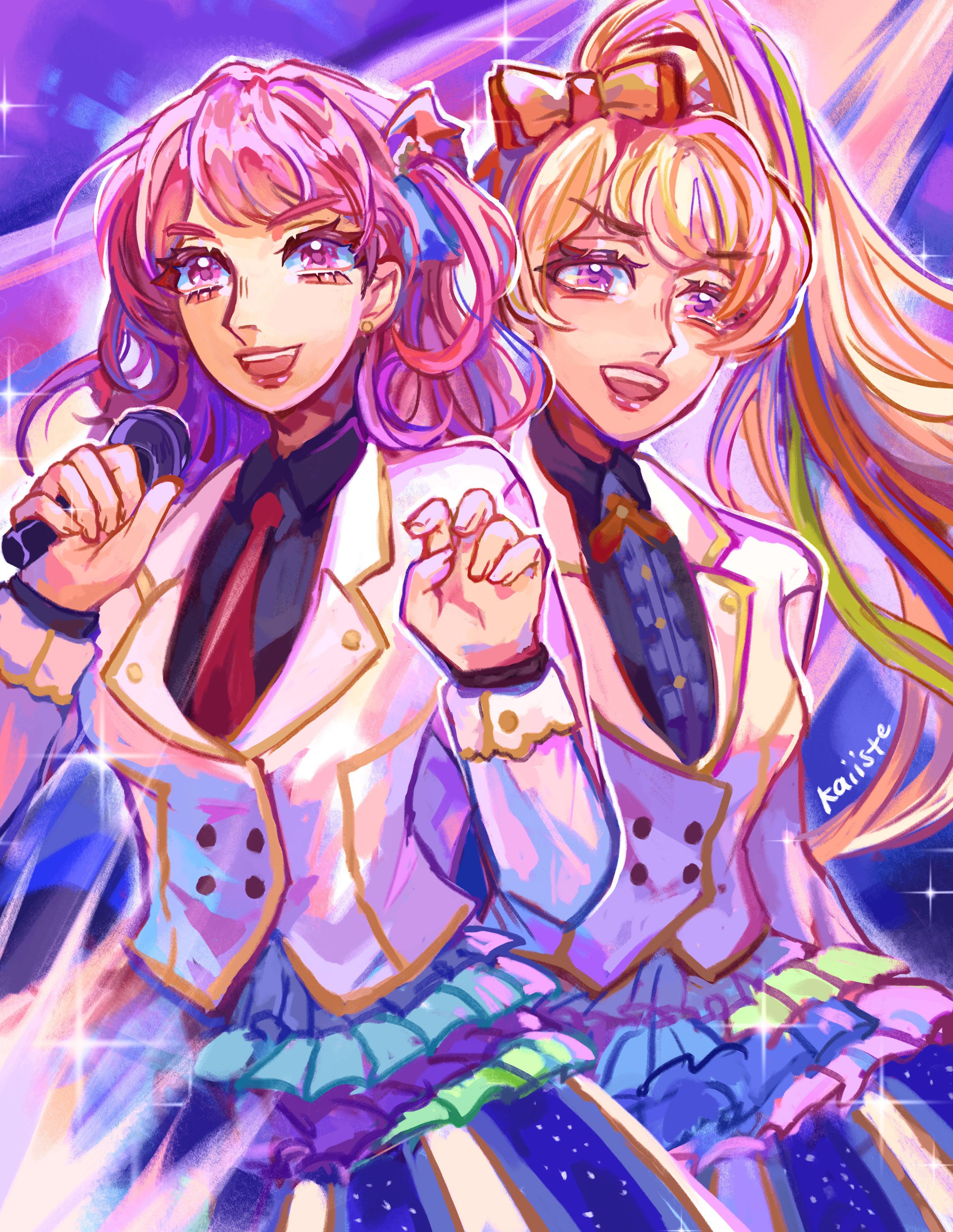
KONSHUU
vol.
#5 Idols
54
Aya Maruyama & Chisato Shirasagi
BanG Dream! x Zombie Land Saga
KONSHUU | Volume 54, Issue 5 7
Art By Kai Wu
With the rise of performances called Prism Shows that incorporate fashion, ice-skating, dancing and singing, many young children now want to become idols known as Prism Stars. Harune Aira, a clumsy girl that enjoys fashion, finds herself performing a Prism Show and unknowingly embarks on her journey to become the Prism Queen. On the way, she meets new friends that are also Prism Stars while also struggling with confidence and goals.
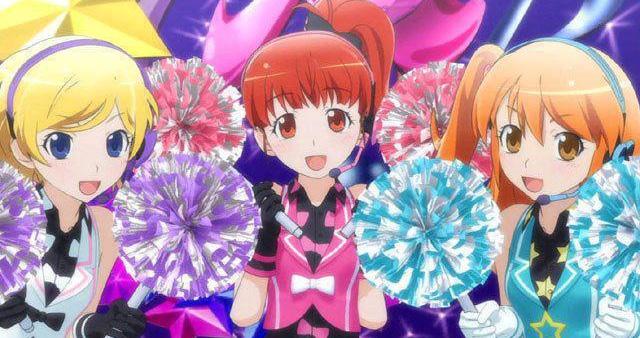
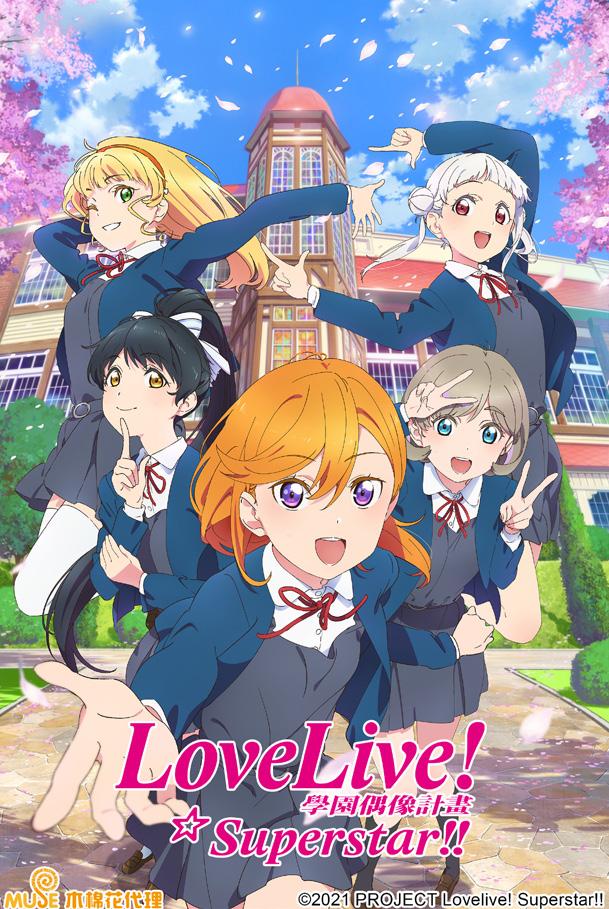


Love Live! Superstar!! is a major improvement over the franchise’s previous installments in essentially every conceivable area, the original Love Live! series director, Kyougoku Takahiko, having a better idea of what he’s doing and perfecting the formula, shrinking the cast down to five from the usual nine, allowing for more focus on each individual member.
Spring 2011, Tatsunoko Production Directed by Masakazu Hishida 51 episodes
ANIME RECOMMENDATION Pretty Rhythm: Aurora Dream Summer 2021, Sunrise Directed by Takahiko Kyougoku 12 episodes (S1) ANIME RECOMMENDATION Love Live! SuperStar!! THIS ISSUE’S FEATURED SERIES! KONSHUU | Volume 54, Issue 5 8

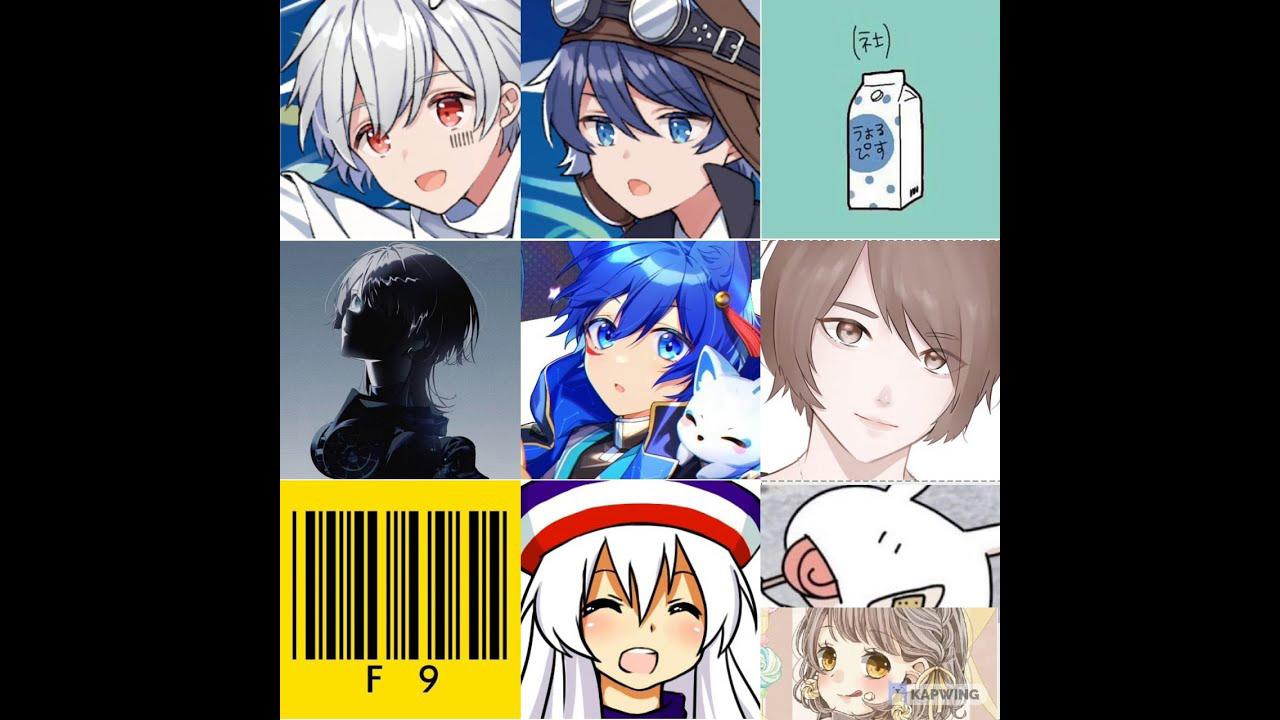
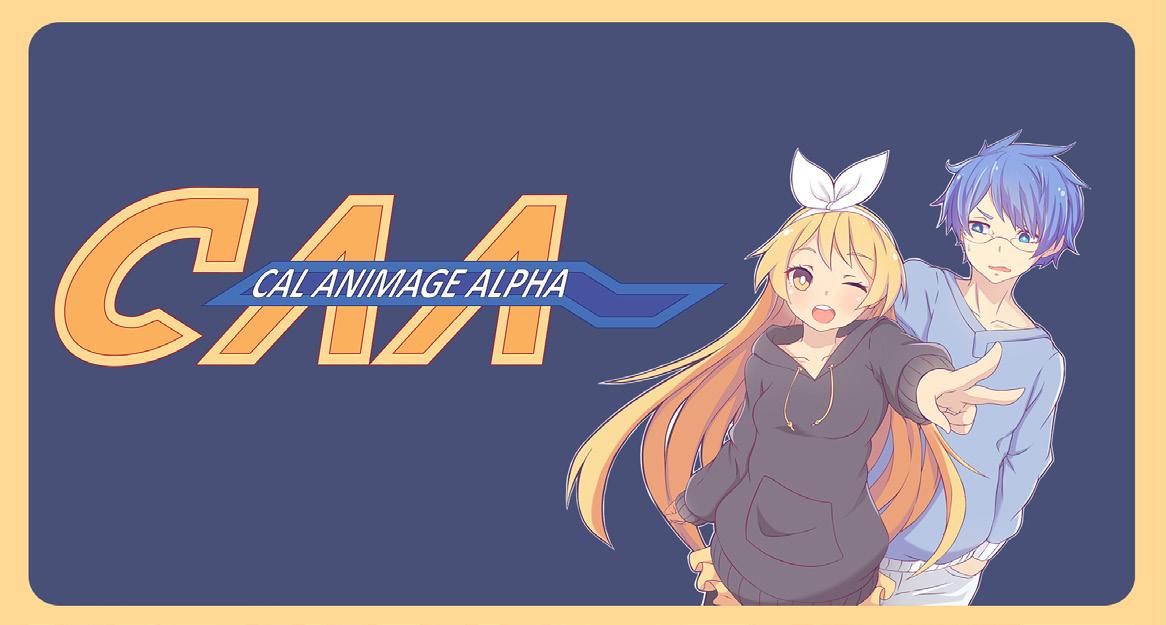

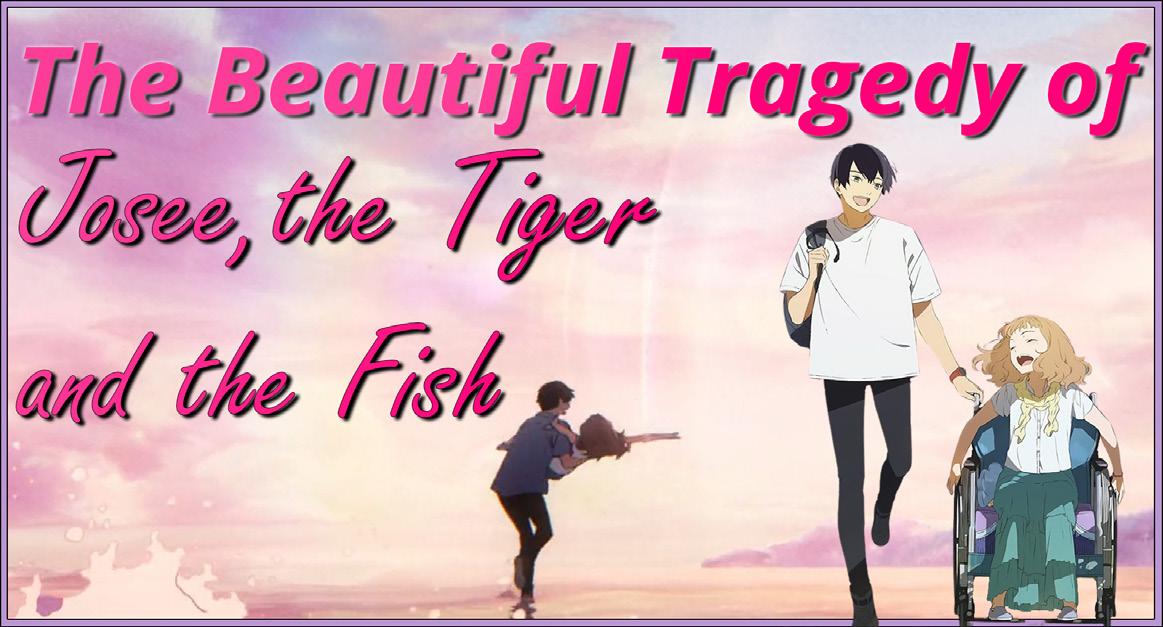
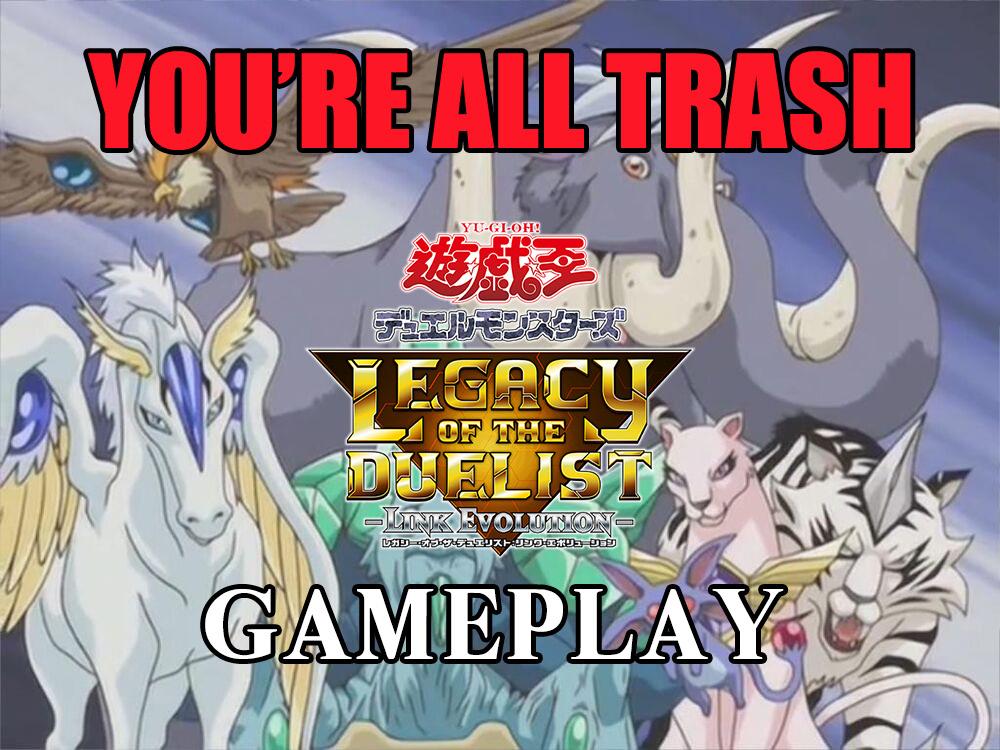
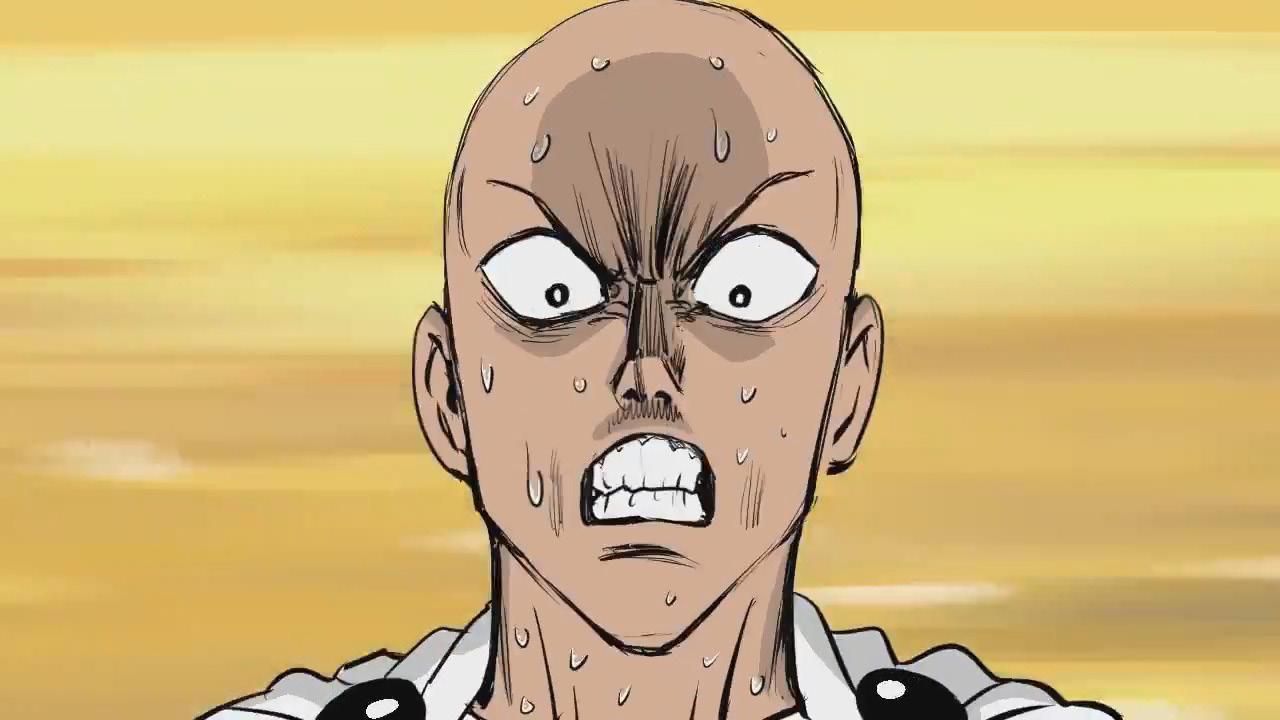
CHECK OUT OUR YOUTUBE CHANNEL!
Murata
TBA Two
Work
Released
(definitely not)
in an OP?: Tokyo
Godly Released
My
Released
Featured Videos: Upcoming Videos: Watch these and more at cal.moe/youtube! KONSHUU | Volume 54, Issue 5 9
CAA Channel trailer Coming November 10th! Josee the Tiger and the Fish video Coming November 24th!
Yusuke's OPM Animation with Sound
Dudes Try Making Crystal Beasts
(Yu-Gi-Oh! Gameplay)
October 27th
What's
Revengers Opening is
October 23rd
Top 10 Utaite
October 16th
 Saegusa Ibara
Ensemble Stars
Saegusa Ibara
Ensemble Stars
KONSHUU | Volume 54, Issue 5 10
Art By Sophia Xue

GOGO EMBODIES THE MAIN ISSUE OF PRECURE
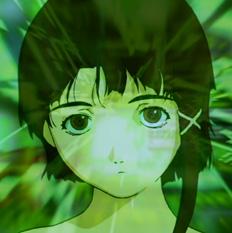 TONY T. 2nd Year, Economics and Data Science
Writer
TONY T. 2nd Year, Economics and Data Science
Writer
Put this in the idol issue because Urara was kind of an idol of sorts?
Fan clamoring for sequels of popular works is not a unique phenomena in any artistic medium. Though I acknowledge certain exceptions, such as Godfather Part II, Yu Gi Oh! Duel Monsters GX, and Aim for the Top 2! Diebuster, most sequels fail to live up to the standards of the original. Simply put, most narrative works are generally written with a beginning, middle, and end corresponding to various storytelling conventions that have sprouted over millennia of human storytelling. The most critically praised stories tend to contain proper and conclusive endings, making sequels simply unnecessary. Yet, fans continue to wish for more without concern for quality. Perhaps the reason for disappointing sequels comes with how there’s only so many times an artist can hit gold, and reiterating on the same ideas a second time likely does not help that process. In more recent times, this has resulted in lazy cash-grab sequels that simply repeat what was already there, without substance. The accusation of popular culture for being filled with remakes and reboots is not at all original. These continuations can harm the original by associating it with a lesser product. Yes! PreCure 5 GoGo! is one such example of an unneeded sequel.
Yes! PreCure 5 excelled at character interactions. Its characters were uncomplex, but had well handled interactions and group chemistry. Despite a somewhat engorged cast of 5, character growth was well scripted. The series’ ending was perfect and concluded what is one of my favorite works in the franchise. Though passable on its own, Yes! PreCure 5 GoGo! falls into common sequel traps. Aesthetically, the first series’ visuals were wonderful and gave life to its locations via a watercolor aesthetic and familiarization of certain locations. Yes 5’s aesthetics were directly tied to worldbuilding. Its immediate sequel failed to match it on that front, with old locations depicted in less evocative manners and new places being unmemorable.
The narrative of Yes! PreCure 5 was mostly memorable in how each of its individual main characters found a path they wanted to take in life. Their emotional journeys, as adolescents finding their callings, mirrored the physical combative struggles. While not terrible on its own, GoGo suffers from being a sequel to a series that already featured a conclusive ending. The characters are already grown. Though GoGo’s storyline has potential, there
is no connection between the emotional and physical, making the fighting portions feel irrelevant - ignoring the very point of the genre. The main cast’s new addition, Milky Rose (previously a supporting character named Milk), is rather amusing, but her development cannot carry 50 episodes. In the first series, the individual interactions between the five protagonists was key in establishing a group dynamic, with each unique permutation of a pair having unique chemistry. Introducing a sixth, GoGo fails to make Milky Rose an active group member. Humorously, this is even reflected in fights, wherein Milky Rose is generally separate from the other Cures’ actions with individual transformation and final attacks. Yes! PreCure 5 GoGo! could be construed as a humorous mistitle given the six-man main cast. Given how the new character is barely a part of the first series’ cast, though, I’d say the title works.
Yes! PreCure 5 GoGo is not a terrible show; I don’t think of it as even below average. Yet, its strengths largely depend on its original, with its newer changes being fun but not meaningful. The character of Syrup joining the cast in a supporting role is interesting, yet he mainly exists as a narrative tool for dramatic and logistical purposes. For that matter, the original series’ Nuts and Coco are perhaps less interesting in GoGo for similar reasons as the main Cures. Their arcs are largely done and their new arcs feel unsubstantial compared to their older one. As a whole, the only character who benefited from development in the sequel was Milk/Milky Rose, who herself is not as well integrated into the cast as she should.
GoGo demonstrates the franchise’s consistency, but that may not be a great thing. The PreCure franchise generally works because each entry is standalone and tells its own narrative. The franchise, however, is also occasionally unbearable in that it constantly repeats the same overall structures and tones. I believe that PreCure seasons are individually paced far better than other 50 episode anime. Yet, as someone who viewed the franchise in its entirety within six months, the franchise as a collective can be unbearable because of a constant adherence to a “PreCure formula”. As such, Yes! PreCure 5 GoGo! is not awful, but is simultaneously obnoxious via the lens of an unneeded sequel, yet also under the context of the full franchise because it is repetitive even beyond the horribly repetitious nature of PreCure as is.
KONSHUU | Volume 54, Issue 5 11
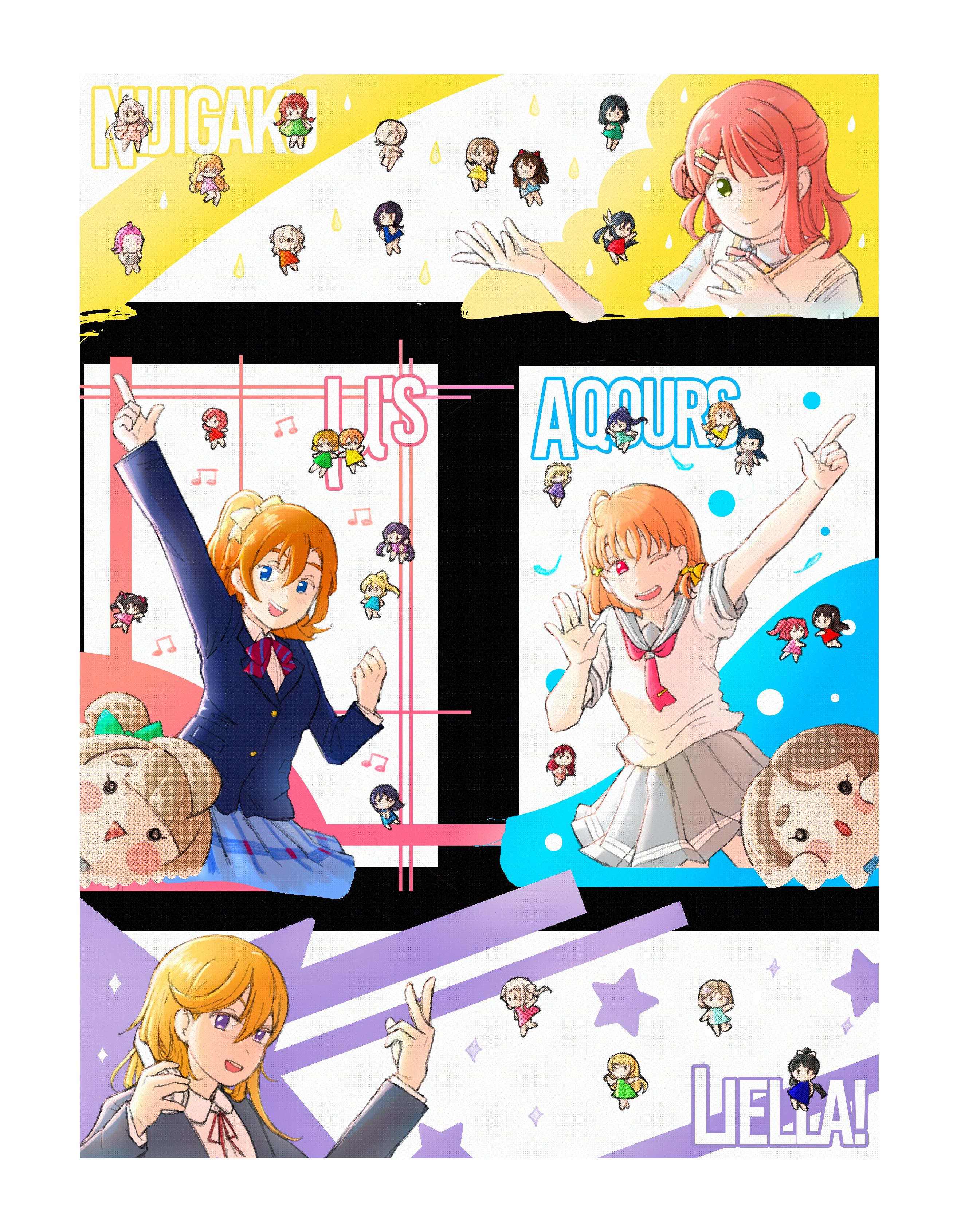
SCHOOL IDOL PROJECT
LOVE LIVE!
KONSHUU | Volume 54, Issue 5
μ's, Aqours, Nijigaku, & Liella! Love Live!
12
Art By Miranda Zhang

AN EPIC BLEND OF TUNES AND FISTS

FELIX LEVY
2nd Year, Environmental Engineering
Music or violence. Why not both?
Writer
Senki Zesshou Symphogear is an interesting show, to say the least. It gives off the impression of a magical girl show, but with boundaries regarding that genre that have been completely blurred, and introducing many different aspects from idols to futuristic weapons that add onto its premise and create a mix of music-heavy and adrenaline-filled sections in this show.
In Symphogear, we follow the adventure of Hibiki, a cheerful girl who gets herself involved in a battle between the Noises, mysterious and powerful creatures that can’t be harmed by normal humans, and two idol warriors capable of using the Symphogear to fight the Noise with the power of their songs. This eventually leads her to become a Symphogear user herself, and we get to see her take on this power with the responsibilities that come with it, and try to protect what she holds dear while dealing with the impact that her new role has on her life that had been completely normal until then.
Needless to say, music plays an important role in Symphogear, as it is both a weapon in the story, and a thematic tool that serves as a way for characters to convey their emotions and personalities, and is a vector for their development throughout the show, as characters such as Tsubasa, one of idol warriors that Hibiki went to see at the beginning of the show, learn to

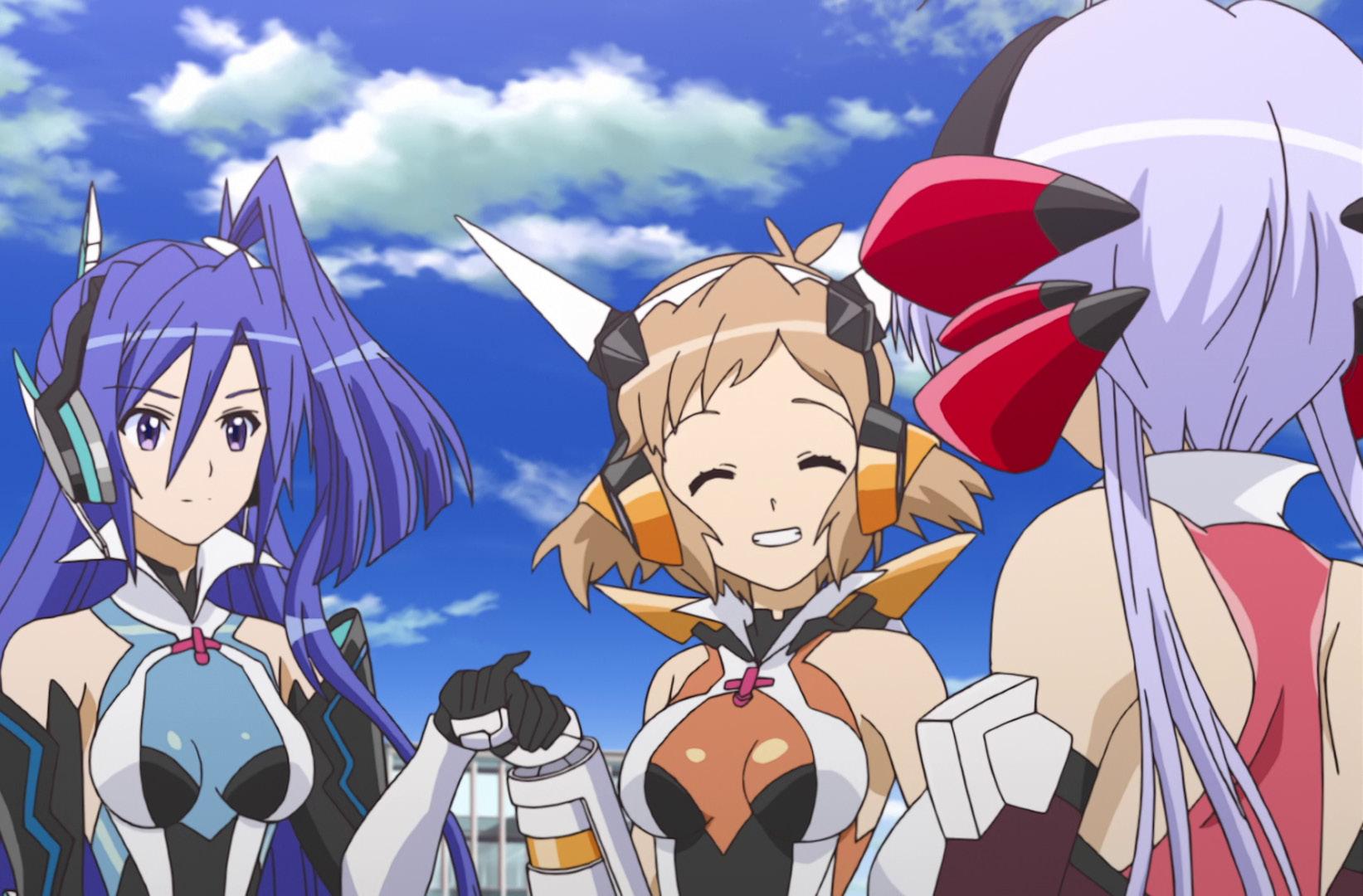
change their vision of music not just as a tool of destruction and fighting, but as a way to forge hope both in the hearts of others and themselves.
The action scenes are always accompanied by character songs sung by themselves, which accompanies really nicely the impressive action scenes of the show, and leads to some of its most memorable moments with fitting songs used to portray the characters’ attitudes as they put their lives on the line to protect the world from the Noise. Needless to say, the performance by the voice actors really contributes to making this show an enjoyable experience. Some idol concert scenes are also always present, mainly at the beginning of each season, and while they are not that prominent compared to the songs that come with battle scenes later on, they are really well done and engaging.
In terms of story, Symphogear’s first season is quite the roller coaster, as it goes from cheerful moments to extremely dark and somber scenes, and dynamics between the characters that really create a sense of dread and hopelessness at times for them. In this first season, the balance between these two kinds of atmospheres can be quite shaky, as the show’s seriousness can take away from the fun promised by its premise while on the flipside, serious dynamics are solved in positive but sometimes kind of unsatisfying ways, but all in all, it is a great setup for the Symphogear’s other seasons (and there are quite a few—5 in total including this one), and it is a great mix of many different aesthetics and genres that make it a very fun and interesting show as a whole.
KONSHUU | Volume 54, Issue 5
13

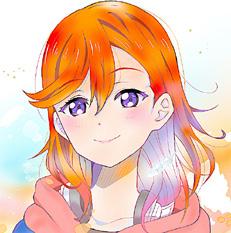
AIKATSU! & PRETTY SERIES TWIN IDOL JUGGERNAUTS
Writer
MAX R. 3rd Year, Japanese
MILD SPOILERS FOR AIKATSU! & PRETTY SERIES
Upon hearing ‘idol anime,’ one would likely think of multimedia titans like Love Live! or Idolmaster, even titles happening to include idol elements such as Senki Zesshou Symphogear, or reaching back in time, works among likes of Full Moon wo Sagashite, Mahou no Tenshi Creamy Mami, Mahou no Stage Fancy Lala or Idol Densetsu Eriko may come to mind. However, I’d like to spotlight the often overlooked landscape of children's anime, harboring two behemoth franchises, Bandai’s Aikatsu! and Takara Tomy’s Pretty Series, which I had admittedly avoided for the longest time, but have grown to appreciate over the years. Consisting of multiple standalone installments adapted from arcade games to follow various protagonists’ rise up the ranks, the franchise begins with the original Aikatsu! (shortened to OGKatsu), a lengthy 178 episode trek, followed by Aikatsu Stars! (100 eps), Aikatsu Friends! (76 eps), Aikatsu On Parade! (26 eps) and Aikatsu Planet! (26 eps). OGKatsu in particular revitalized my interest in the medium at a point where it was waning and embodies much of what I seek in anime, exhibiting a colossal, charismatic cast and striking tonal balance between episodic whimsical antics and its plethora of poignant moments bound by a more comprehensive overarching narrative, lighthearted enough to experience as a silly morning cartoon, but simultaneously sincere enough to grow invested in as a longform character journey. Much in line with how dramatically the CG improves over time, the series wasn’t originally a favorite, love for it growing and only registering in my mind after the passing of dozens of episodes. An individual episode taken on its own may not mean much, but when considered in the context of 177 more, OGKatsu epitomizes this idea of accumulation, much like sand in an hourglass, of myriad tiny powerful moments as pieces that constitute a much larger, comprehensive journey.
Contrary to what one may believe considering its target demographic, the series doesn’t entirely glorify idols, highlighting many downfalls, including severe overwork derived from juggling such a massive quantity of responsibilities in conjunction with the crushing pressure of maintaining a consistent clean image. The simplest of acts like smiling, writing signatures, greeting and handshaking are transformed into surprisingly difficult
endeavors that the cast trains to master. Along with regular lives and practice arrives an onslaught of other work ranging from interviews, variety shows and movie shoots to song recordings, advertisements, tours and anything in between. Heavy emphasis is placed on effort and hard work to where I basically consider it a sports series, and I wouldn’t hesitate to group it in the realm of works containing a similar abundance of training like Kaleido Star, Glass no Kamen, Pretty Rhythm (which I’ll note later) or even Ashita no Joe. In fact, Aikatsu! almost never skimps out on showcasing practice in some fashion practically every single episode, albeit often through unconventional means such as cliff scaling or tree felling, in which the questioning of what ‘idol activities’ entails exactly becomes a running gag; throughout of course are also numerous instances of traditional training as well, consisting of running, weightlifting, song, dance, gymnastics and etc, characters often pushing themselves to exhaustion. Lives aren’t the aspects of the show that I enjoy most, but their frequency, especially accompanied by transformation, feels ritual-esque, routine performances serving as consistent buildup, hence a sense of gradual progression is present even within supposedly one-off episodic adventures, causing future emotional payoff to feel earned and deserved. Meanwhile, a humbling shared spirit of sorts concerning self-betterment permeates the show’s cast, characters well aware of ample room for their own improvement and the long road that lies ahead, even for those already at the top of the rankings (notably Ichigo’s adversary Mizuki) and there lies an active effort on part of the cast to put themselves out there, jumping at opportunities regardless of how seemingly minor, involvement in one project spiraling into another, a chain reaction escalating to achievement of fame.
I feel this sentiment of an ‘endless journey’ and cyclicity of goal-setting with OGKatsu, of no definitive endpoint even after finally achieving one’s ambitions, to which thereafter, one just embarks towards another objective. The series can be divided into Ichigo-gen and Akari-gen; after focusing on Ichigo for over a hundred episodes and resolving her major arcs, the series doesn’t just drop everything and conclude, instead opting to continue running, baton passing to another protagonist, starting an entirely new journey lasting dozens of episodes longer. With this comes an entirely new cast, though the previous one sticks around and acquire s new roles as mentors, their growth continuing further. Old milestones are retread by the new generation and doing so feels nostalgic as viewers recognize these callbacks. Contrasting Ichigo, who bears a seemingly natural affinity for idol work, Akari begins at rock bottom, struggling immensely at every turn, but passionately persists anyway; this
KONSHUU | Volume 54, Issue 5
I don’t even like idols, just some idol anime.
14
stark juxtaposition in ability instills the journey with a sense of freshness. The way in which Akari looks to Ichigo as both role model and source of inspiration, to the point of even imitating her hairstyle, helps cement the resounding legacy and ripple-effect of the former generation, crowning Soleil (Ichigo’s unit) with a sort of legendary status akin to Masquerade of their own preceding generation. The former cast truly does begin to feel legendary and anytime they appear on screen feels like a special occasion, partially also due to the newfound extra distance that arises with no longer being the primary fixation after such a long time. Among other long-runners like Ojamajo Doremi or Keroro Gunsou, Aikatsu! follows the calendar, meaning that, for the most part, time in-series corresponds with the general time frame around which episodes would have aired. OGKatsu spans about four years, meaning four Christmas episodes along with multiple episodes dedicated to various other holidays/traditions are able to exist and consecutively build upon one another. More important is how this passing of time can be perceived by the viewer; as seasons pass and memories are made, one can observe characters’ improvement and the continual references to previous episodes, reinforcing ideas of continual progression over time. I feel that OGKatsu is at its best during its more reflective segments, most episodes incorporating a thoughtful conversation succeeding a performance, or revelation in summoning newfound strength amidst practice, not unlike something out of Aria. Small epiphanies and lessons, diverse in subject, but relevant for consideration, pile up to slowly influence characters’ evolution. Clear-cut solutions to specific problems may not necessarily arise, but responses given feel sincere and provide heartfelt catharsis. The compounding of these elements and unique timing regarding my viewing of OGKatsu as a catalyst to my discovery of entire new waves of titles that I would come to enjoy, plays into solidifying it as my favorite anime, something that I could just continue writing on about, but I would like to reserve space to talk about other titles as well.
While I consider OGKatsu to be the franchise’s magnum opus, I am aware that many would contest that to argue Stars! to be the best entry in the franchise, taking itself slightly more seriously with tighter writing, which some viewers may appreciate more, though it lacks OGKatsu’s same impression of scale and entire generational protagonist shift. Stars! is also significantly more competitive, containing a sizable cast, but rather than the friendlier rivalries of the preceding series, there exists a more cutthroat environment and legitimate threat in the main antagonist, Elza, an idol pirate sailing the seas, her academy, Venus Ark, equipped with high-end facilities and based on a literal cruise ship, attempting to recruit the best from all around the world to fulfill ulterior motives. I feel that Stars! works well as a complementary piece to OGKatsu in revealing an alternative variation of what the latter could have been had it leaned more heavily into its competitive aspects. As for the rest of the franchise, I feel a general decline for installments succeeding Stars! While I enjoy Friends!, it feels ‘sterile’ and not as nearly as ambitious as either of its preceding entries, easily the most lighthearted, so lighthearted in fact that sometimes it can become difficult to be invested in Aine and Mio’s journey at all. Friends! is Aikatsu! as a shell of its former self, tonal equilibrium attained by OGKatsu gabsent, and while on the surface it may bear resemblance, it has lost the soul that had rendered the original so charming.
Units are reduced to pairs causing performances that include more than two characters to become exceedingly rare and while the side cast isn’t awful, it is easily the most underwhelming up to this point barring a few standouts. Faring worse though is On Parade!, which I had genuine hopes for as a crossover between every prior Aikatsu! installment, effectively merging universes to spark interactions among members of entirely different casts. Unfortunately, an overabundance of performances hinders it; if single episodic performances were too much, one would be thrilled to hear how On Parade! features about three every episode, which, with the addition of OP and ED, drastically diminishes usable screen time. Granted, I still have about half the show left to finish, but so much more could have been done as far as I can tell. Meanwhile, Planet! is an interesting case, the franchise experimenting and taking a huge gamble in transitioning to live action. Indeed, Aikatsu Planet! is an anime-live action hybrid that I expected to flop immediately, but I ended up able to sit through it. It can sometimes feel like a waste of character designs as live action generally takes up most of the episode, and many anime mannerisms don’t translate well to real people at all, but the final episode, detailing its production, made me slightly more appreciative of its existence and the literal Aikatsu! that actors would have had to undertake for the show to function.
Like Aikatsu!, Pretty Series, not to be confused with Pretty Cure, also originates from a line of arcade games and includes game mechanics, starting with Pretty Rhythm (153 eps), followed by King of Prism, PriPara (193+ eps), Kiratto Pri☆Chan (153 eps) and currently airing Waccha PriMagi. The entire franchise is characterized by performances arguably even more vibrant than those of Aikatsu! so I would advise anyone epileptic to proceed with caution. Pretty Rhythm is composed of three seasons; Aurora Dream (51 eps) and Dear My Future (51 eps), the first two entries, are interconnected and tonally reminiscent of OGKatsu. I find the original main trio’s chemistry of Aira, Rizumu and Mion to be particularly enjoyable; the shows themselves are rougher around the edges, though I still adore them nonetheless. Rainbow Live (51 eps) on the other hand is Pretty Rhythm’s final installment and crown jewel, a clean slate for a more polished and ambitious, chiefly standalone iteration which layers on heavier drama, tonally closer to the aforementioned Aikatsu Stars!, serious albeit displaying arguably more visual insanity. Rainbow Live’s Prism Shows are a spectacle, centered on figure skating, performances amassing symphonies of the usual song and dance, but having performers synchronously play instruments and execute tricks midair with an emphasis on consecutive Prism Jumps that only grow increasingly grandiose;
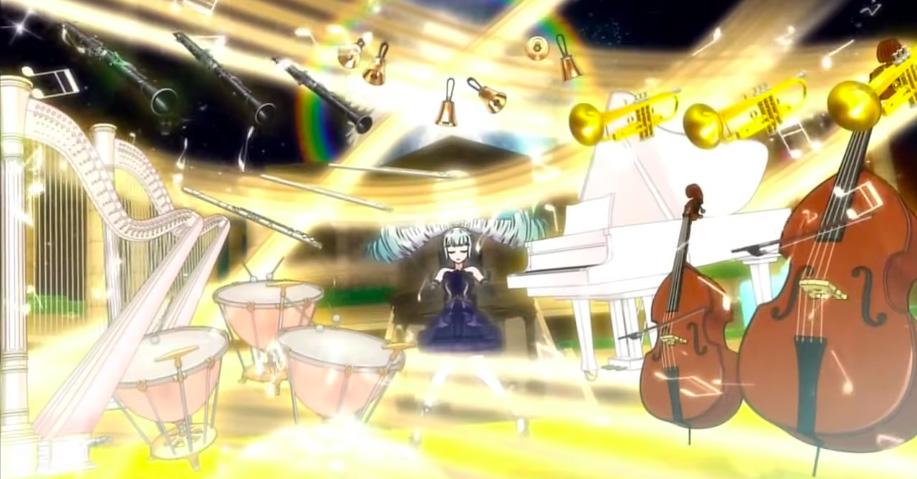
KONSHUU | Volume 54, Issue 5 15
initially, two or three may seem like a lot, but characters push their limits to become capable of six or even seven. The series still intermixes lighter moments as well, but Rainbow Live treats its sport seriously, even more so than the rest of Pretty Rhythm, characters earnestly competing against each other and willing to risk injury in the process. Rather than addressing activities of idols themselves, there is greater focus on personal character conflict without shying away from heavier subjects such as blackmail, manipulation, and death, exemplified by drama deeper into the show. Supernatural elements towards the tail end may challenge one’s suspension of disbelief, but Rainbow Live is an absolutely solid entry that feels complete, self-contained, and would make for a fine introduction to Pretty Series, though nothing subsequent has taken itself as seriously. King of Prism is a spinoff of Rainbow Live, and the only Pretty Series entry that I haven’t really seen much of, so it’ll be omitted.
Directed by Moriwaki Makoto, the individual responsible for the madness of Tantei Opera Milky Holmes, Onegai My Melody, Jewelpet Kira Deco! and Hime Chen! Otogi Chikku Idol Lilpri, PriPara is also not a bad place to start, following Pretty Rhythm and showcasing Laala and friends’ path to Kami Idol (God Idol). The series is batshit insane, extremely flashy and often dumber than a sack of bricks, prone to inducing both blindness and brain damage, but simultaneously so explosively colorful and imbued with such pure radiating energy that one can’t help but smile. Extinguishing the sun, raiding Area 51, battling deities and preventing dimensional collapse merely scratches the surface of the series’s bizarre shenanigans. Original PriPara consists of the first 140-episodes, followed by Idol Time (51 eps) and soon to resume airing Idol Land which honestly seems promising. Comparably to Aikatsu!, PriPara sports a massive cast and also follows the calendar, but runs in a different direction, a character journey departing from nearly any semblance of self-seriousness (may occasionally attempt more serious drama), being purely fun with lives erupting into prismatic neon light displays, characters performing Making Dramas (illusions meant to convey emotions) and kaleidoscopic Cyalume Changes (essentially costume changes) midway through, in some cases even gaining wings to soar about the stage.
Beyond lives, PriPara’s cast is divisive, parts of it downright obnoxious with irritating sentence enders and anarchic behavior, specifically Ajimi, who fits right in with the series’s chaos, yet remains a major headache regardless with a backstory which, rather than redeems her, worsens impressions of her as a person in straight up traumatizing another character for life. The mascots are atypical, rather than being an upstanding guide and moral compass for the protagonists like many shoujo anime, they express numerous detrimental qualities among unhelpfulness, greed, extreme anxiety and laziness, occasionally sabotaging the idol units they’re intended to support; one even essentially attempts suicide via cooking themselves multiple times as a sacrificial offering. Some are ultimately still well-intentioned, but viewers’ frustrations from their existence on screen is understandable. These eyesores aside, the rest of the cast really carries the show through their interactions; most of the main gang is always enjoyable to have on screen and their banter never grows tiresome. The series is also remarkably expressive, possibly even more smear-heavy than Pretty Rhythm and Pri☆Chan, going all out with facial reactions, only supplementing the ever-present zaniness.
A significant portion of the series takes place in a separate dimension (PriPara) entirely with its own strange rules and structure, which sometimes spirals out of control, allowing a certain freedom from the confines of the real world, not that the show isn’t chaotic regardless of location. The existence of numerous PriPara across the globe lends itself to potential for threats of planetary, if not cross-dimensional conflict, usually reserved for season finales, but then again, one never know with this show as sometimes crazy stuff just happens in standard episodes too; Parajuku’s (a play on Harajuku) PriPara essentially gets nuked at one point simply because a character didn’t feel like running to defuse a bomb, and it is not played off as a joke, instead an actual plot point, and the destruction remaining for nearly the rest of the show, leading to certain characters’ exile. It is precisely due to PriPara’s lack of self-seriousness that this brand of absurdity doesn’t feel out of place. The uplifting spirit that the show diffuses is contagious, predicated upon the show’s pervading mottos of friendship and latent idol abilities of everyone, in times of catastrophe often coalescing the entire audience in song for the common good and this aspect illustrates PriPara to be an odd mix of outlandish and sincere.
Kiratto Pri☆Chan follows PriPara, taking a middle ground between it and Aikatsu!, on the zanier side with an abundance of smears and occasional moments of more serious character focus, while still hosting bright, sparkly lives in the same vein as the rest of the franchise. Much of Pri☆Chan is unrelated to idols at all, instead fixating on video streaming, in doing so, de-emphasizing conventional training to the point of sometimes not showing any whatsoever. The first two seasons are largely enjoyable, the first providing a solid foundation for everything to come, and the second introducing probably the most memorable character of the series in Daia. The third plummets with the addition of mascots and overemphasis on them, Kiracchu being abhorrently grating, though the series feels more complete as a whole with its inclusion, said third season still assisting in tying loose ends and resolving foreshadowing. Meanwhile, speaking to current times, it’s too early to pinpoint the direction in which Waccha PriMagi is going, airing weekly on Saturdays, but with Junichi Satou as director, it has potential to be worthwhile.
Unfortunately, I should be nearing the limit as for what fits on three pages, so I better stop here. This has been a pretty swift rundown on various installments of Aikatsu! and Pretty Series, two very notable children’s anime franchises. It goes to say that both are still ongoing to this day and I welcome any coming entries with open arms.
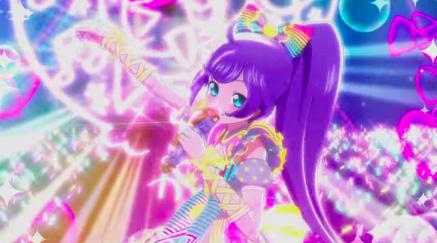
KONSHUU | Volume 54, Issue 5
16
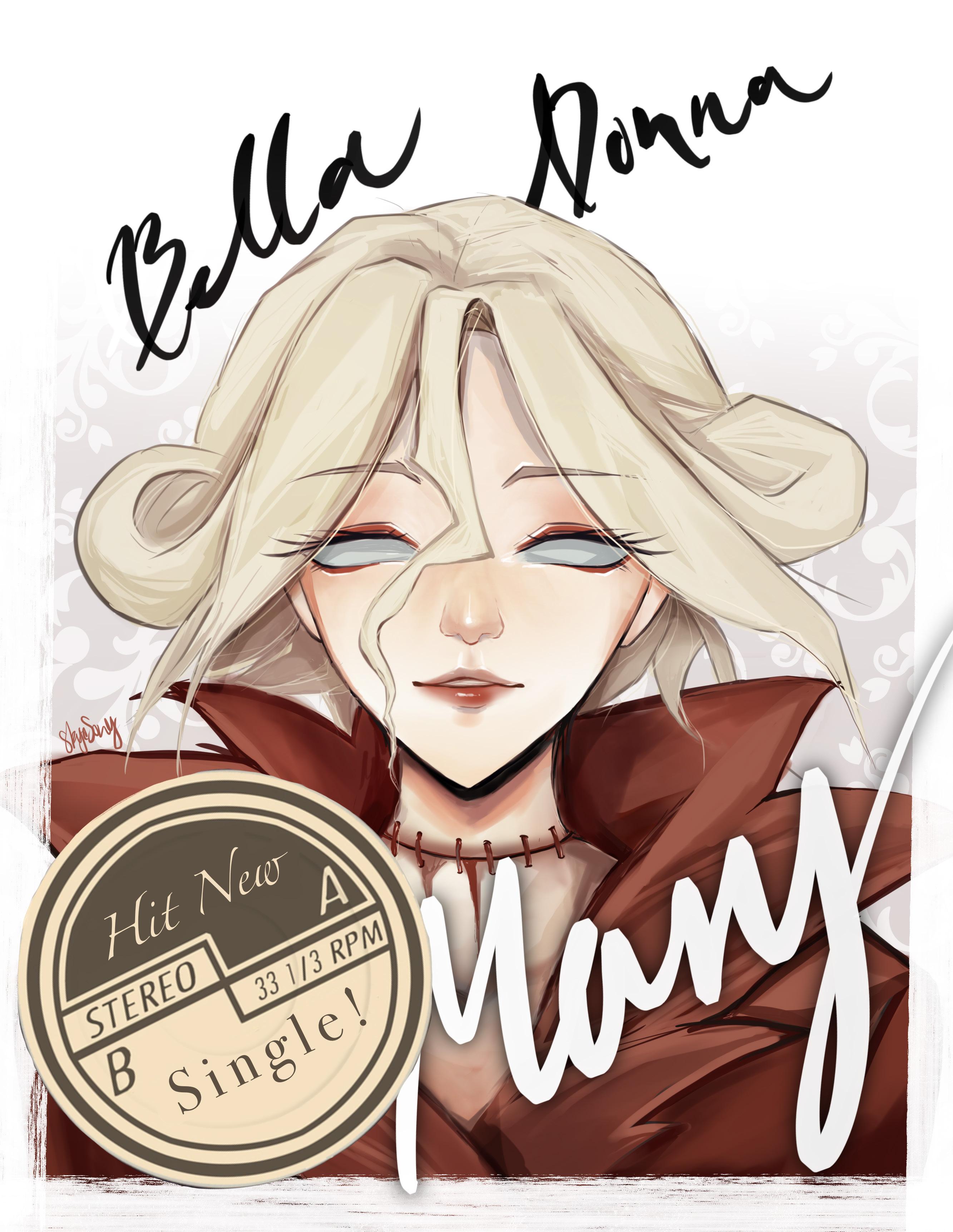
Mary Identity V Art By Skylar Li KONSHUU | Volume 54, Issue 5 17


TONY T.
2nd Year, Economics and Data Science
No, but Majo Minarai wo Sagashite is close.
Writer
In recent years, Ojamajo Doremi has attained the same sort of recognition that Legend of the Galactic Heroes once had amongst elitist anime fans. One could say that this is because of the overproliferation of new anime fans viewing a timeless classic, leaving elitists uncomfortable and thus perpetuating a soft shift to kid’s shows as the ultimate form of supposed “patrician taste”. Perhaps I’m being too cynical though. This article is not to say that I dislike Doremi, or even that I find it just middling; I thoroughly enjoyed the series. Rather, I find the series’ overwhelming praise a fair bit exaggerated. As a whole, Ojamajo Doremi is an enjoyable show with a fantastic cast, which ultimately feels somewhat vapid and hollow in comparison to many other series I’ve seen which I believe are more worthwhile.
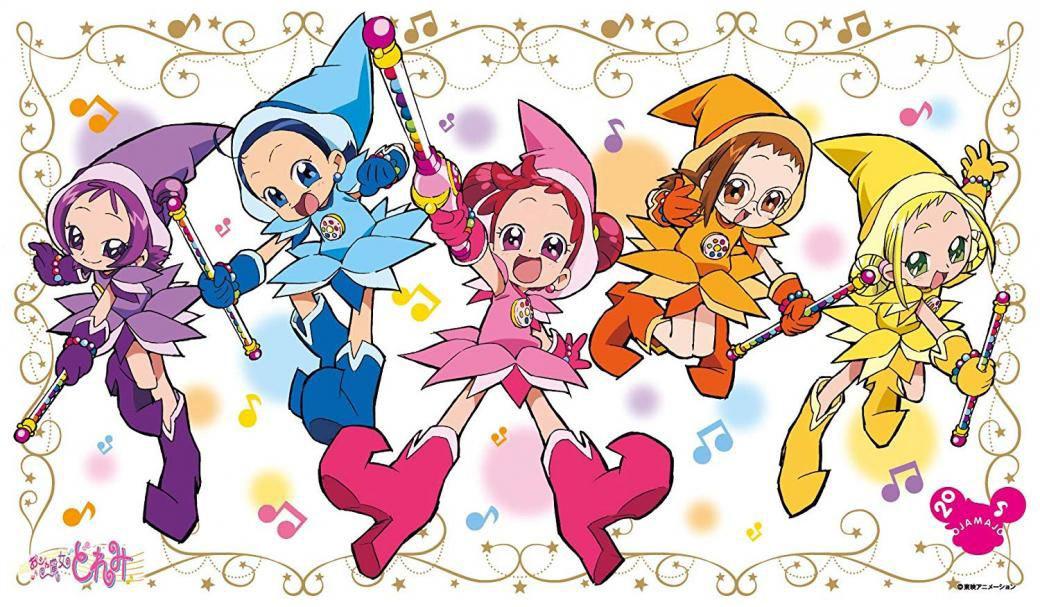
The most common praise I’ve heard of Doremi is that it tackles a plethora of issues not often approached by children’s shows. This statement is true, but it sets an extremely low bar for what is considered meaningful media. I don’t consider this a steadfast rule (afterall, I am a big fan of HeartCatch PreCure), but in my experience, children’s anime have generally been far more simplistic in how they present themes. Ojamajo Doremi is indeed more complex and conceptually broad compared to the majority of kid’s anime I’ve seen, but that doesn’t really say much, especially to the demographic of teenagers or older. This group, which I presume to be the normal audience for anime in
IS OJAMAJO THE NEW
the west, likely already understand many of the themes shown in Doremi. Thus, I feel as though the introductory-level presentations of complex social topics like divorce or suicide present in the series isn’t really relevant to the majority of any potential audience Doremi might have. Thematically, Ojamajo Doremi wasn’t that poignant to me, at least.
The most well-done aspect of Ojamajo Doremi are the characters. In any series, the cast is almost certainly paramount in importance, yet Doremi’s still shines ever so much. This is in part due to smart writing, yet equally relevant is the high quality animation that fully brings the colorful and unique group to life, in part due to the series’ brilliantly simplistic sense of design and aesthetic. Truly, every main character in the series, from the sensible Aiko, to the (personally) extremely relatable multi-time foreign transfer student Momo, to the character that technically gives me an excuse to release this article in the idol issue despite Ojamajo Doremi not at all being an idol series, Onpu. If I were to draw an analogy to non-anime media, the cast of Ojamajo Doremi reminds me of those of my favorite situational comedies like The Office (US). The characters as a collective all stand out from each other and have unique roles within their group dynamic which makes it incredibly entertaining to view their interactions. In addendum, the episodic scripts generally are effective at properly utilizing the unique blend of disparate traits featured in the main cast. Most individual plots within the series come not from an external villain, but rather a clash in personalities, whether it be within the main characters, or one of the many, many, side characters. On that note, Doremi excellently integrates its side characters to feel relevant and not throwaway. Structurally, Doremi is analogous to a monster-ofthe-week format, albeit, as previously mentioned, without much physical combat. Instead, many episodes feature some character in the main characters’ class, most of whom recur and do not simply get forgotten after their individual episode is over. What this amounts to is a series with fairly well done character interactions in spite of not being anything extraordinary in themes or concepts.
Thus, in comparison to all the stellar slice of life anime out there, Ojamajo Doremi features what I consider to be one of the stronger main set of characters as well as an excellent use of side characters. If Doremi had no reputation, I would simply leave it with that, and end with some numerical rating (probably a 7/10).
KONSHUU | Volume 54, Issue 5
18
OJAMAJO DOREMI NEW LOTGH?
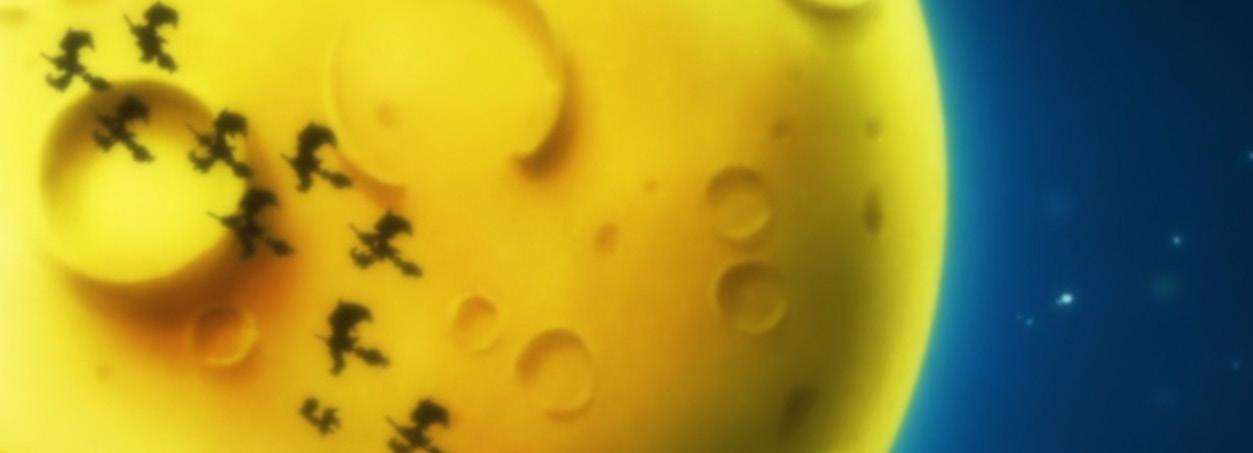
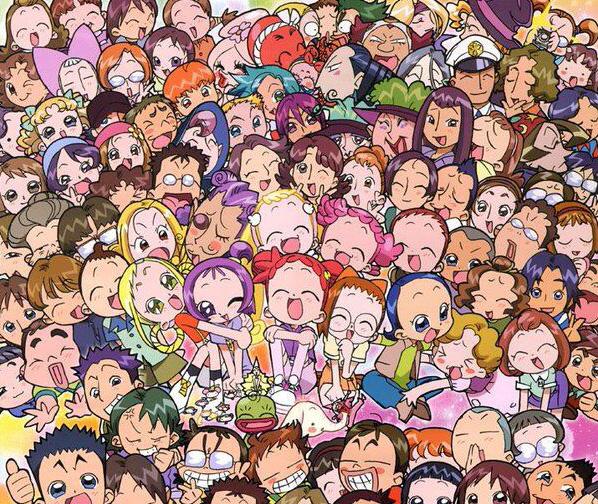
My biggest issue is only the praise that it receives, when considering (in my opinion) its relative lack of truly unique or interesting themes. As a result, while I believe Ojamajo Doremi is a good series, I also think it falls short of being stellar. Surely in every aspect aside from animation and aesthetics it falls well below Legend of the Galactic Heroes for me.
Interestingly, my first experience with anything Doremi-related came with the 2020 thematic followup of sorts, Majo Minarai wo Sagashite. As a modern take on a late 1990s/early 2000s anime, I obviously approached the film with skepticism, especially due to my then-unverified impressions of Ojamajo Doremi as some unknown masterpiece of masterpieces. In short, though, this film summed up everything I wanted from Doremi in an interesting, somewhat metatextual manner. Approaching the same concepts as the original series but via the lens of jaded 20-30something working adults looking back on childhood anime, Majo Minarai wo Sagashite managed to capture the ideas I later found trite in the original. Having viewed the 2020 film out of chronology, it astoundingly holds up decently even if one has never seen the original Doremi. Essentially, while still not tackling ideas that I find truly thought-provoking, Majo Minarai wo Sagashite more than exceeded my expectations. The shift in
perspective, from following magical girls solving the life problems of other children, to possibly alcoholic adults wistfully reminiscing on a simpler, more optimistic time period, works wonders in making the ideas in Doremi more palatable and relevant for an adult audience. As such, though I find Ojamajo Doremi to fall short of the outstanding praise it receives, Majo Minarai wo Sagashite represents the core of the series’ heart in a far more poignant and relevant manner. Arguably, Majo Minarai wo Sagashite deserves the praise of the original. It is one of very, very few modern reboots or sequels to older properties that I consider worthwhile, much less superior to the original.

KONSHUU | Volume XX, Issue X
54, Issue 5 19

IMAGINING A HYPOTHETICAL TOKYO MIRAGE SESSIONS ♯FE ACT II: THREE IDOL HOUSES

MITCHELL MADAYAG
2nd Year, Intended Japanese and Business
Been dying to write about this game for months.
Tokyo Mirage Sessions ♯FE (which we will now refer to as TMS♯FE for clarity’s sake) deserved better for being the wacky love child of Nintendo’s Fire Emblem and Atlus’s Shin Megami Tensei. It was a great experiment of a spinoff JRPG that featured an unexpected crossover between two differently-played games, with the idol theme being the icing on the cake. Outside of a Switch port, the greatest justice TMS♯FE has been given so far is receiving some Cipher cards as well as the addition of two Tsubasa Oribe spirits in Super Smash Bros. Ultimate and five characters in Fire Emblem Heroes. But why stop there when Nintendo and Atlus can partner up once again to create a follow-up to this hidden gem of a JRPG? If anything, the timing is almost perfect for a sequel since both fans of Fire Emblem and Persona have been anxiously awaiting for another game to satiate their thirst for beating up enemies with their favorite waifus and husbandos. Maybe after the release of Shin Megami Tensei V—which is literally days away from now—Atlus can get started on that TMS♯FE sequel...
When tackling the subject of producing a hypothetical continuation of TMS♯FE, we first need to address what made the original so fun in the first place: the addictive gameplay of comboing session skills that resembled neither Fire Emblem nor Shin Megami tensei. We aren’t any skilled game designers but we can at least hope a sequel can expand on the original combat system to incorporate both new and old features to make it even more fun. One gripe we also had was that actions and movement in dungeons can be extremely boring, only being able to move at a set speed with a single attack. We aren’t expecting Persona 5 levels of overworld gameplay, but being able to do more always helps. It would be nice too if a dancing/singing rhythm game was included, furthering the idol theme and complimenting the newly-produced vocal songs.
Contrary to popular opinion, we’d prefer if Atlus and Nintendo retained the same silly premise the original TMS♯FE had to offer instead of the mature and sometimes unnecessarily complex games it takes inspiration from. We’d like to see another fun cast of characters consisting of idols, actors, Tikiloid producers (TMS♯FE’s version of Vocaloid), and other types of performers learning how to make a breakthrough in the entertainment industry and the struggles that come along with it. Perhaps the inclusion of a VTuber character would further entrench its setting into the pop culture of today. Of course, it would be great
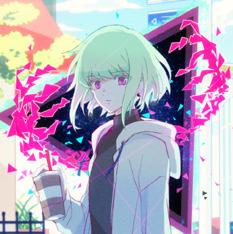 Editor-In-Chief President
Editor-In-Chief President
NICK WONOSAPUTRA
3rd Year, MCB Neurobiology
The Wii U was a good console.
if the characters had more character development outside of optional side stories, but this is likely not going to happen. One theme this new crew of rising stars could tackle is the idea of passionately creating art for art’s sake versus creating art just to please fans and make profits. The cast can be split by this decision which could drive player choice that actually influences what ending you get depending on which options you pursue. Just please don’t recycle a boring dragon villain as the focal point for the characters’ resolve. It’s not the greatest idea, but something along the lines of an original evil idol god that was secretly responsible for all the pain and suffering the characters had to endure (think Shin Megami Tensei or Persona) would be way more entertaining.
To bank off recency bias, Nintendo and Atlus can make the mirages based on the various students from Fire Emblem: Three Houses, other young characters who can relate to the struggles of growing up. As boring as it would be, we really hope they wouldn’t just pick Byleth and the three house leaders as mirages and instead bring life to less popular characters like how TMS♯FE featured Navarre, Draug, and Cain. If they want to balance old and new Fire Emblem game representation, they can either name some mirages after characters from Fire Emblem Echoes: Shadows of Valentia or best case scenario: a Fire Emblem 4 remake that was released prior. In addition, cameos or references to the original characters now all grown up like Itsuki Aoi, Tsubasa Oribe, and Kiria Kurono would be nice callbacks that help keep the series feel connected.
As fun as it is to daydream about a possible sequel to the TMS♯FE franchise, speculation will simply just remain speculation until Nintendo and Atlus decide to make another title. There is so much opportunity in producing another TMS♯FE game with a refined story and quality-of-life features, though it is understandable if they choose not to as it may not be worth the effort for the two companies to work together to make a sequel to a game whose sales weren't absolutely groundbreaking despite having pretty good reviews. If anything, we wouldn’t mind Nintendo creating a TMS♯FE-esque game that exhibits the same charm in story and gameplay without the Fire Emblem and Shin Megami Tensei IP’s attached, hence creating a spinoff of a spinoff. Or you know, they could just remake Fire Emblem 4. That too.
KONSHUU | Volume 54, Issue 5
20

FAVORITE IDOL SONG
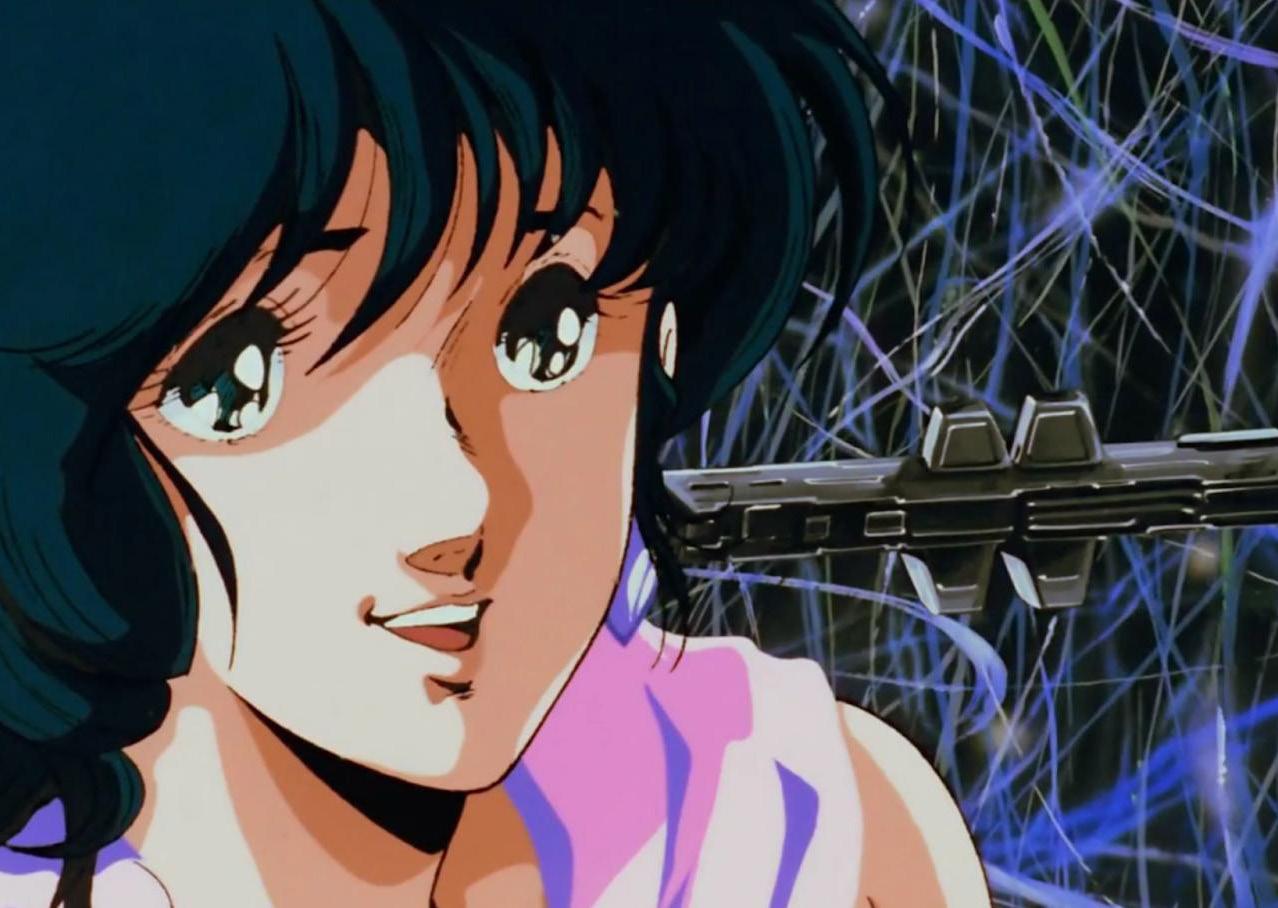
SEVENDAYS LOVE, SEVENDAYS FRIEND

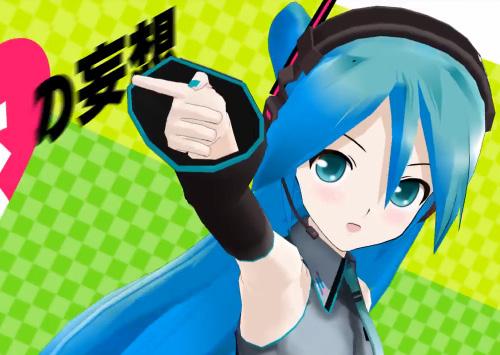
WEEKENDER
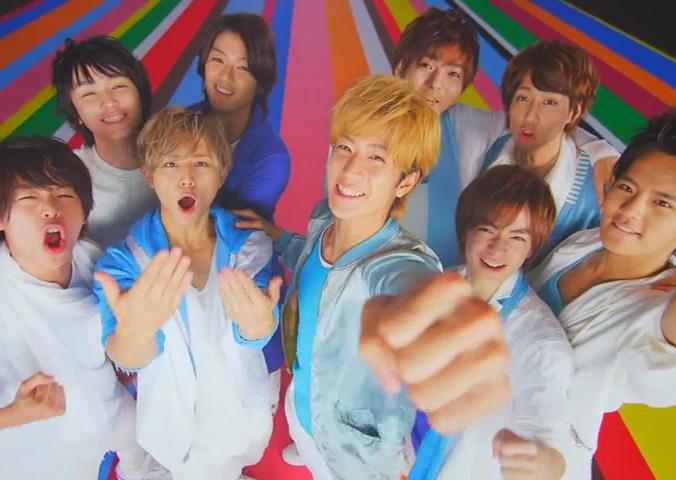
SUEJI KIM
Hey! Say! JUMP is so underrated :( Also Ryosuke Yamada will never not steal my heart <3
GOD KNOWS
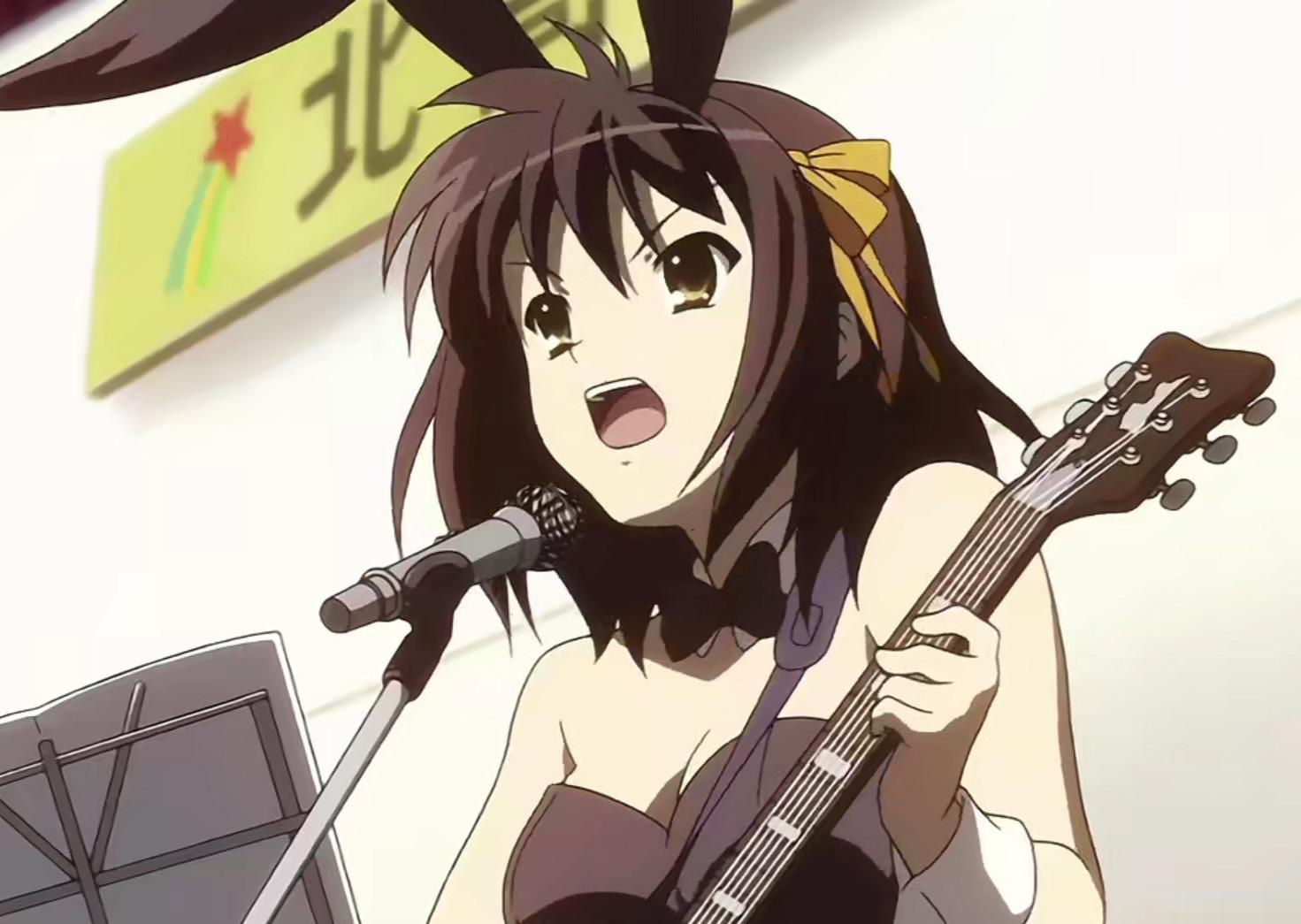

Staff Picks:
Certified
Million
HANAZAKARI WEEKEND✿ MIRANDA ZHANG
The iDOLM@STER
Live! banger. I spam this song during events (and also Reika is my goddess).
like an anime/idol sing-
achieves weeb perfection. VIVA HAPPY
good finale song,
love when I remember it
spiral listening to Pretty Rhythm songs.
Mitchie M decides to make Miku sing
er and
Honestly such a
I
and then
TIFFANY TRAN Macross
Is this cheating
shot* MITCHELL MADAYAG TONY T. EWIK KONSHUU | Volume 54, Issue 5 HEY! SAY! JUMP IIJIMA MARI SUZUMIYA HARUHI/HIRANO AYA 4LUXURY MITCHIE M RINNE AND JUNE/AYANE SAKURA 21
> 7 > 2 > F > Delta DO YOU REMEMBER LOVE?
lol? Guess only God knows *gets
MESSAGE FROM THE EDITOR
Welcome to Anime Destiny 2021!


Anime Destiny is an annual anime convention hosted, organized, and planned by UC Berkeley’s very own student-run anime club, Cal Animage Alpha. Not much is documented on Cal Animage Alpha’s history, but we do know that it is one of America’s oldest anime clubs out there, having been founded in 1989 as the first in a series of Cal Animage clubs formed at other universities. Some of Cal Animage Alpha’s own alumni have even gone on to found Anime Expo, Fanime, and the streaming service Crunchyroll.
Since returning to campus this fall semester, Cal Animage Alpha has undergone massive growth in both membership and officers. The club’s first general meeting, our first event in-person since spring 2020, had an unbelievable record of over 150 people present! To accommodate this big expansion, we even hired 25 trusted officers, doubling the number of officers at Cal Animage Alpha. We aim to retain this high level of community through our variety of weekly social events including but not limited to: video and board game nights, presentation nights, group discussions, AMQ, anime showings, and our newly created Waifu Wars (Hunger Games Simulator). We also wish to keep producing biweekly issues of Konshuu, Cal Animage Alpha’s magazine featuring original articles and artwork from our very own staff. Each are around 12 pages and have a central theme similar to how this Anime Destiny pamphlet is focused on idols. Our YouTube channel has also grown, now having its own department of officers dedicated to it. One of our videos on Mafumafu has even reached over 20k views at the time of writing this. Please look out for future announcements on upcoming content and events through Cal Animage Alpha’s Discord channel.
Of course, the biggest and most ambitious event we hold is Anime Destiny. As you may have noticed, Anime Destiny will be taking an online format this time around due to unpredictable circumstances with the pandemic. We deeply miss being able to host in-person conventions and meet people from the animage community face-to-face, so hopefully this will be the first and last online edition of Anime Destiny. It was challenging for us to plan an online convention for the first time and although it is not as grand as it was before, we were still able to gather a variety of artists, clubs, performers, and guest speakers, not just from the Bay Area, but around the world to collaborate for one awesome stream. We want to deeply thank each department of Cal Animage Alpha—Anime Destiny Planner, Events, Konshuu, Publicity, Tech, Video Creation—as well as you fellow reader, for helping make Anime Destiny and Cal Animage Alpha as a whole a success.
We would also like to thank all the sponsors and organizations who collaborated with us to make this convention possible!
Once again, thank you so much for attending Anime Destiny 2021! We hope you enjoy your time here and continue to support Cal Animage Alpha in future Anime Destiny conventions to come.
Mitchell Maximillian Manalac Madayag, Konshuu Editor-In-Chief Nick Wonosaputra, Cal Animage Alpha President And the Cal Animage Alpha Staff
KONSHUU | Volume 54, Issue 5
22
Annie May
Cal Animage Alpha
Art By Kate Bushmareva
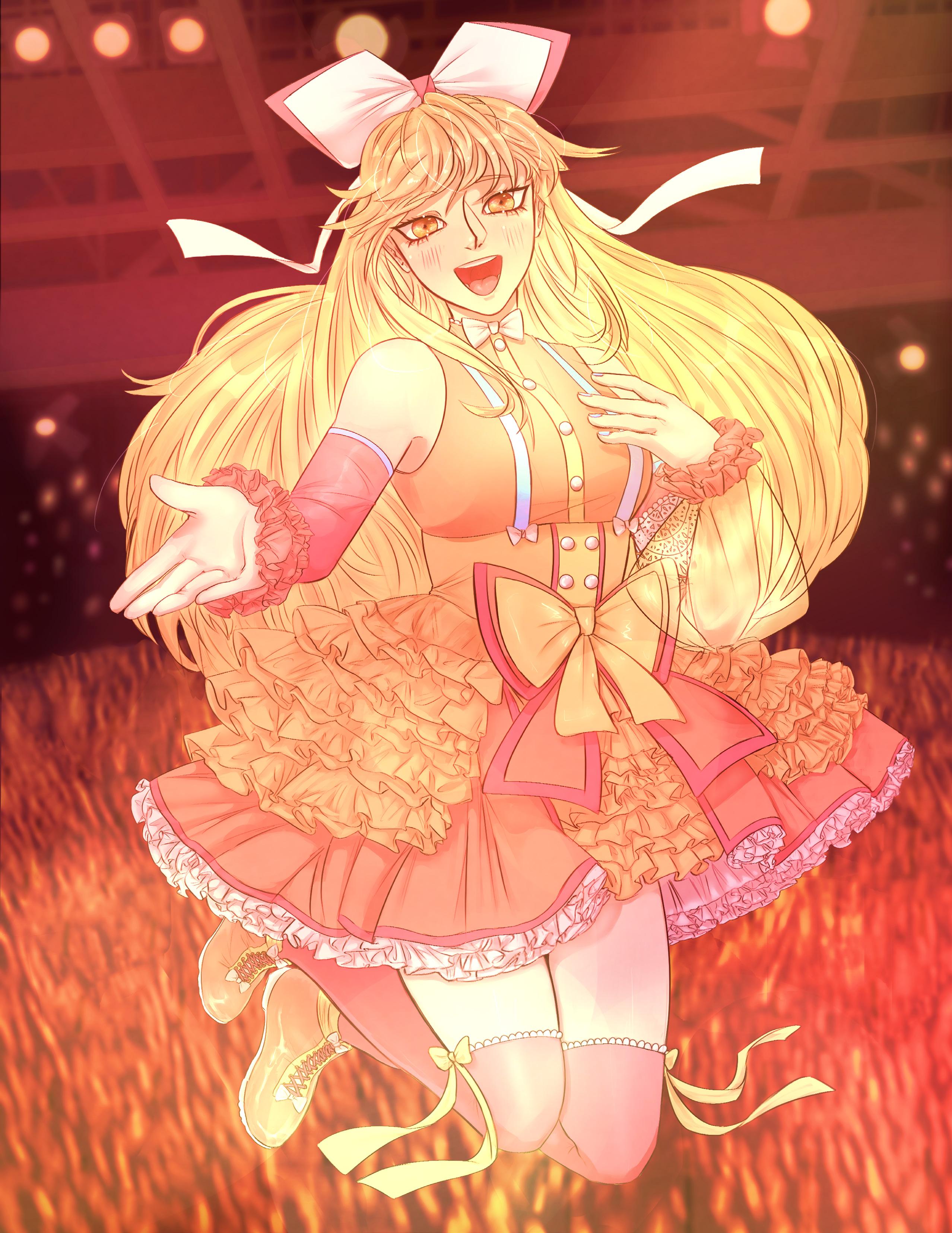
STAFF














Nicholas Wonosaputra President, Anime Destiny - Head
Tony T. Vice President, Konshuu - Writer
Nicole Oliva Co-treasurer
Gurpreet Sandhu Co-treasurer
Brendon Lin Anime Destiny - Planner
Halley Halim Anime Destiny - Planner
Ihsan Ahmed Anime Destiny - Planner
Mitchell Madayag Konshuu - Head








Cosette Moskowitz
- Artist
Li
Heaven Jones
- Artist
Zhao
- Artist
Kai Wu
- Artist
Kate Bushmareva
- Artist
Sharrel Narsico
- Artist
Skylar Li Konshuu - Artist


Chris Liu

Irene Kao Konshuu - Graphic Designer Jason Gong
Jenna Patton Konshuu - Graphic Designer


Tammy Lee
- Artist
Blake Morrison
- Writer







Shannon Jay Narsico
Willow Otaka
Abigail Delgado
Tiffany Tran Konshuu - Graphic Designer Tomas Eleta
Tommy Nuno Konshuu - Graphic Designer
Miranda Zhang
- Artist, Graphic Designer
Sophia Xue
- Artist, Graphic Designer




Felix Levy
- Writer
Kev Wang
- Writer
Max R.
- Writer
Erik Nelson











Rachel Min Technology - Head
Duong
Rohit Agarwal
Sebastian Estrada Technology
Wilson Nguyen Technology
Alexus Lopez Senior Advisor Andy Chen

Athena Chen Senior Advisor
Sueji Kim Publicity - Head
Abhinav Parameswaran
Cath Geiger


KONSHUU | Volume 54, Issue 5
Events - Co-head
Konshuu
Video
Events Angel Mendez
Creator
Events
Publicity
Cameron Danesh
- Artist
Video
Konshuu
Creator Crystal
- Artist Dustin
Technology
Publicity
Video Creator
- Head
Konshuu
Konshuu
Video
Creator
Jen
Konshuu
Justin Kim Publicity Eddie Song Publicity - Artist
Konshuu
Konshuu
Konshuu
Konshuu
Konshuu
Technology
Kevin
Konshuu
Mo Technology
Konshuu
Events - Co-head
Video Creator
Video Creator
Konshuu
Konshuu
23
 Cal & Annie May
Cal Animage Alpha
Cal & Annie May
Cal Animage Alpha
KONSHUU | Volume 54, Issue 5
Art By Heaven Jones











































































 Saegusa Ibara
Ensemble Stars
Saegusa Ibara
Ensemble Stars

 TONY T. 2nd Year, Economics and Data Science
Writer
TONY T. 2nd Year, Economics and Data Science
Writer

















 Editor-In-Chief President
Editor-In-Chief President






























































 Cal & Annie May
Cal Animage Alpha
Cal & Annie May
Cal Animage Alpha




